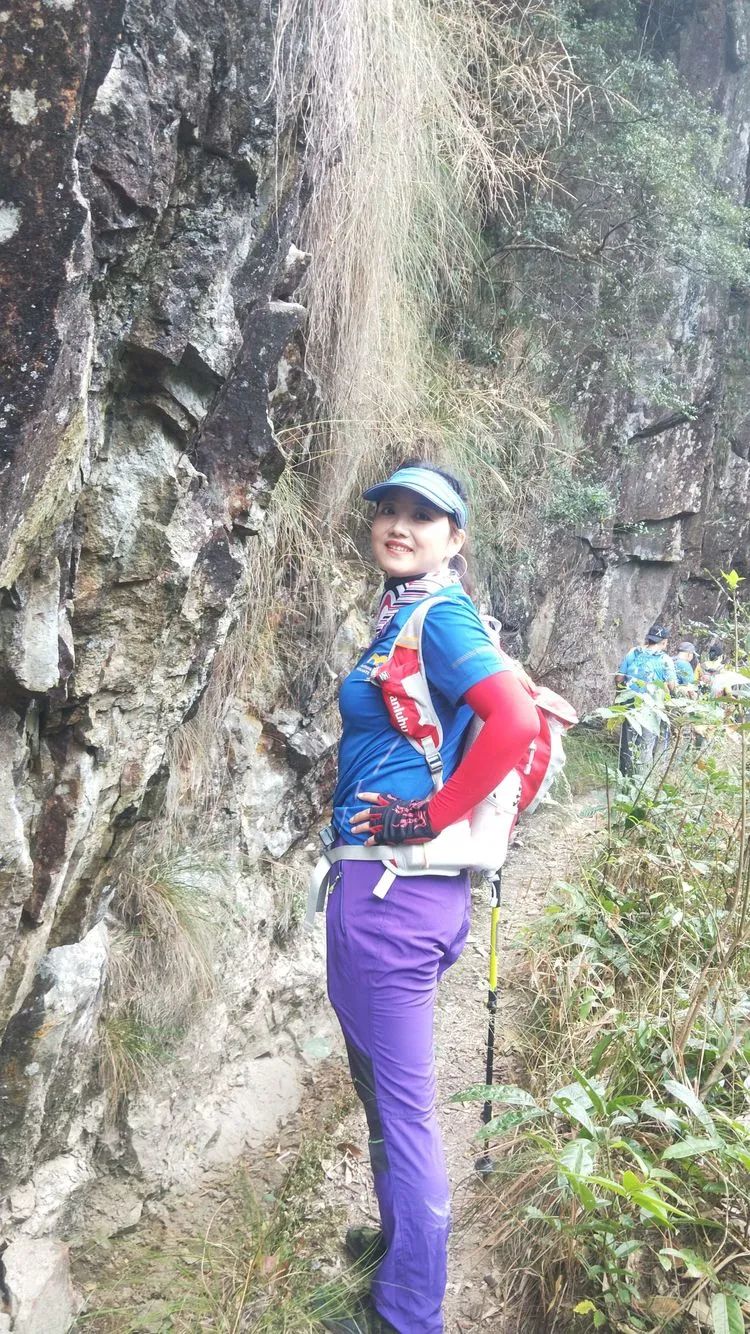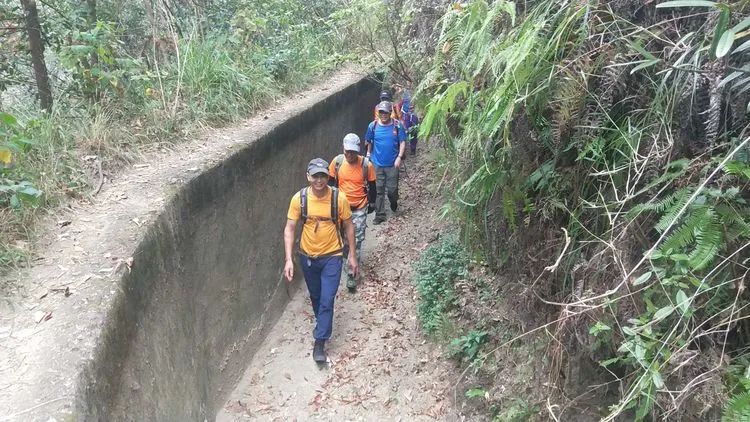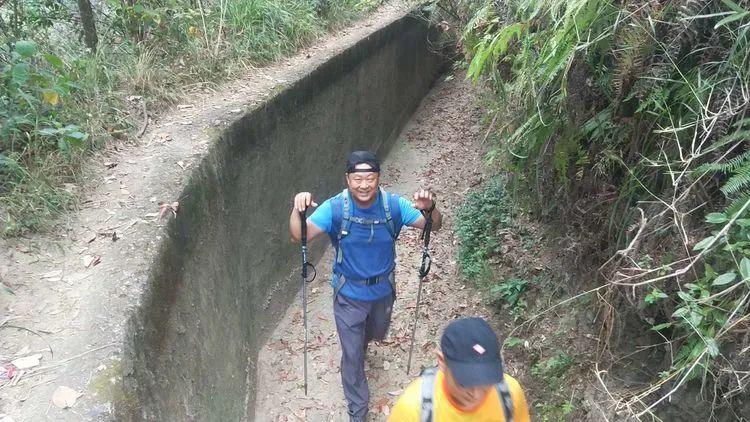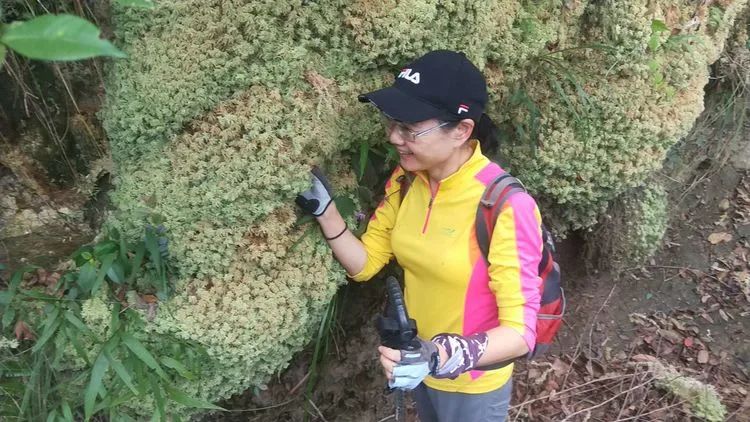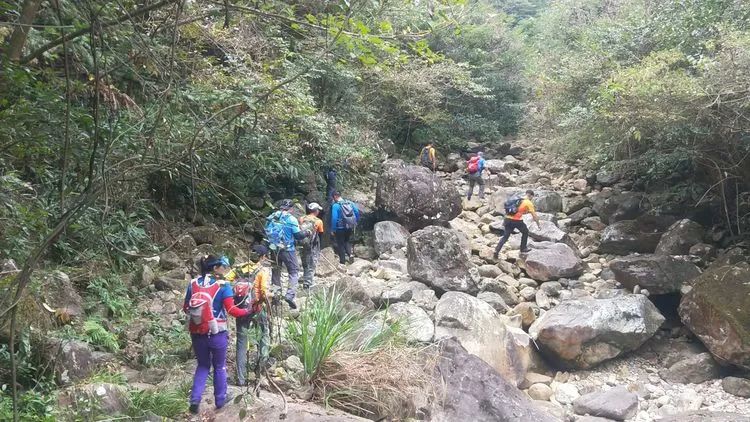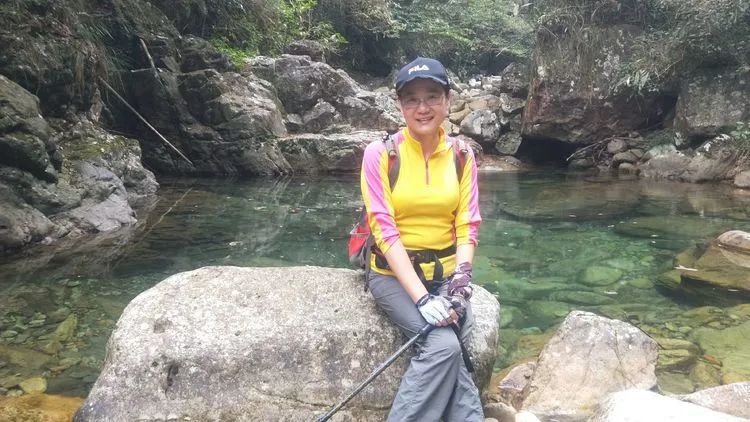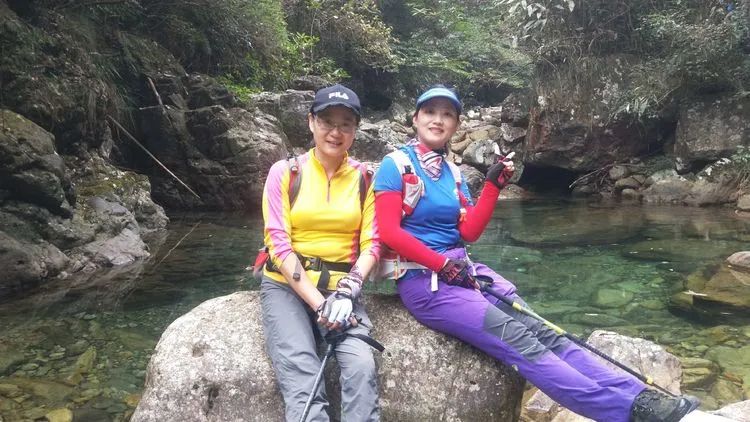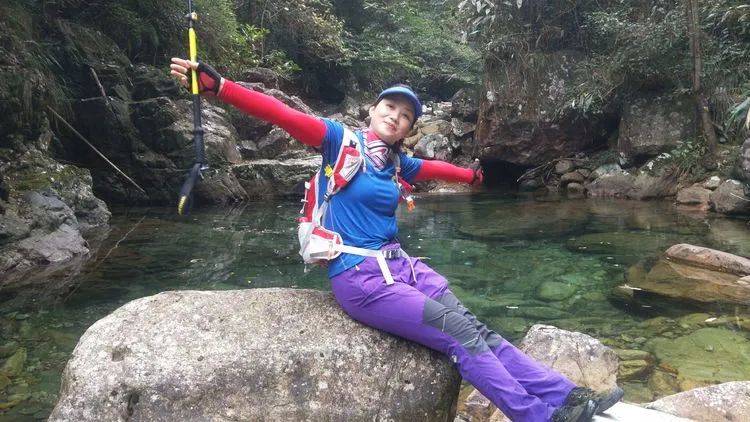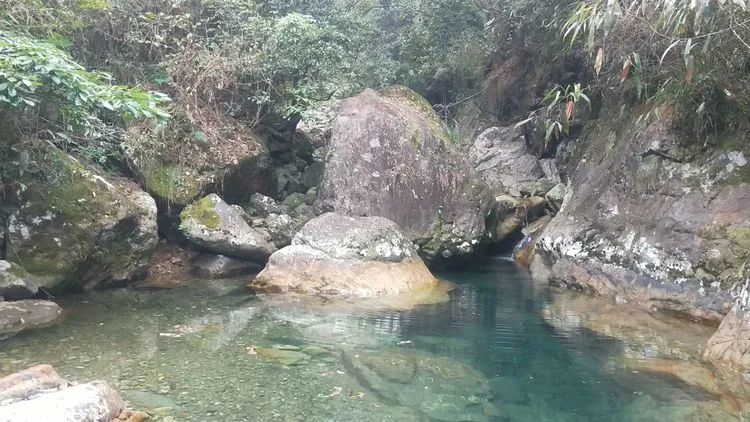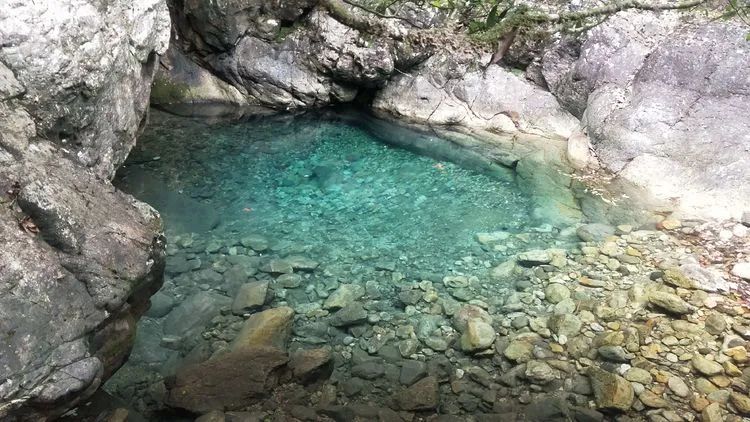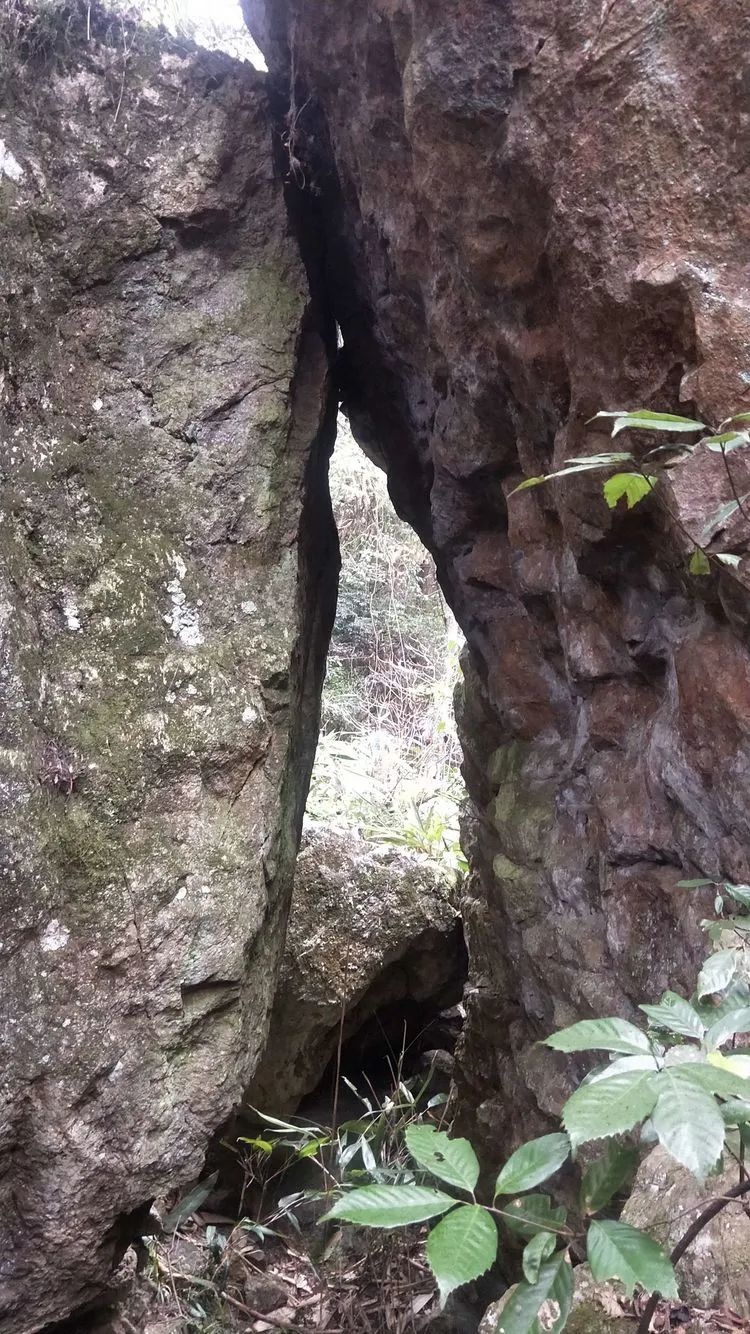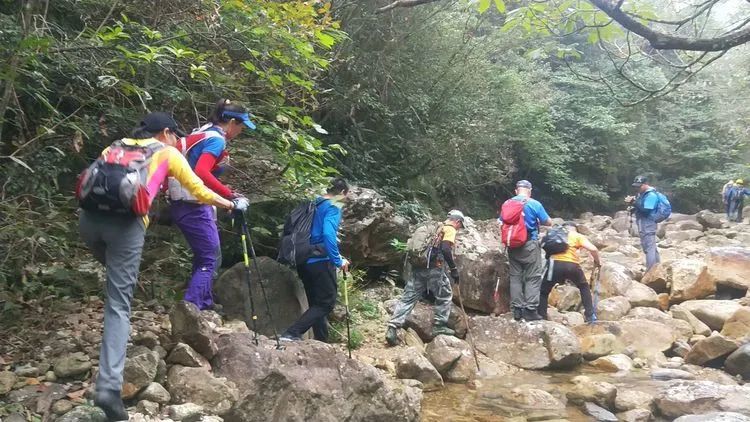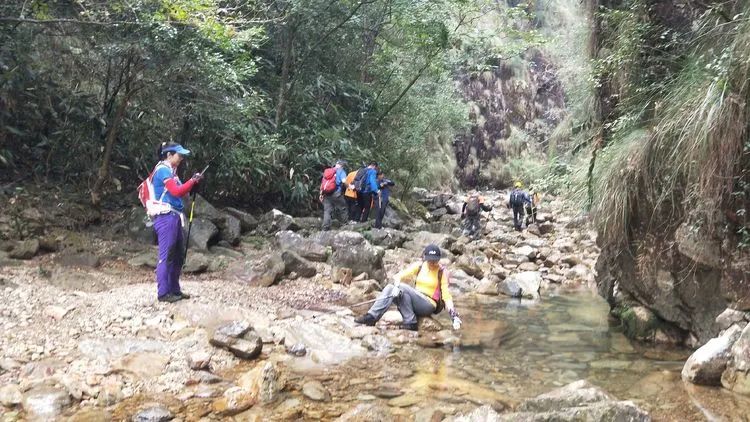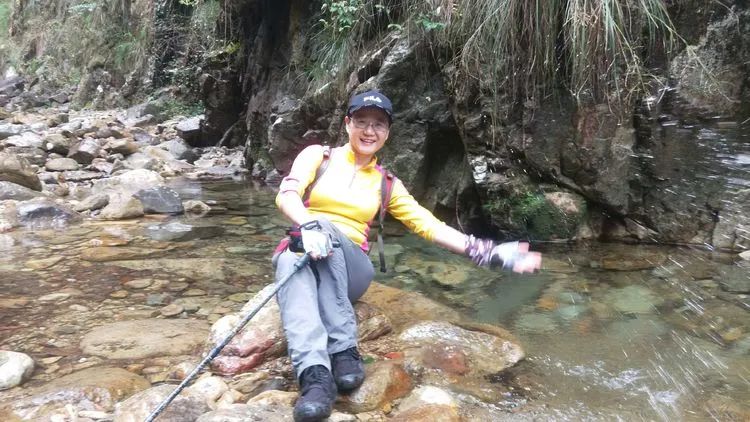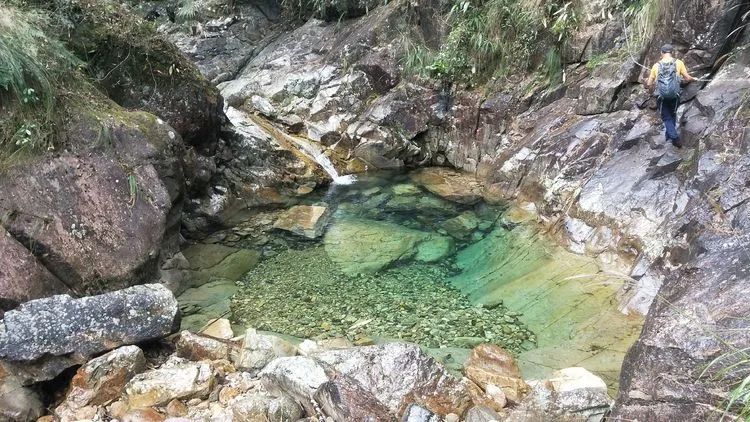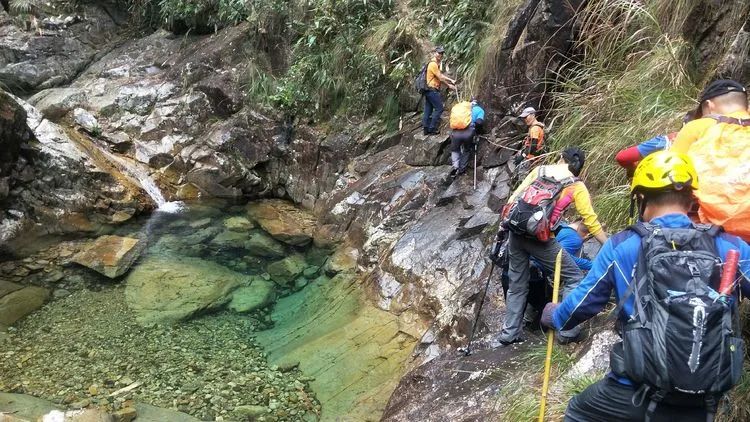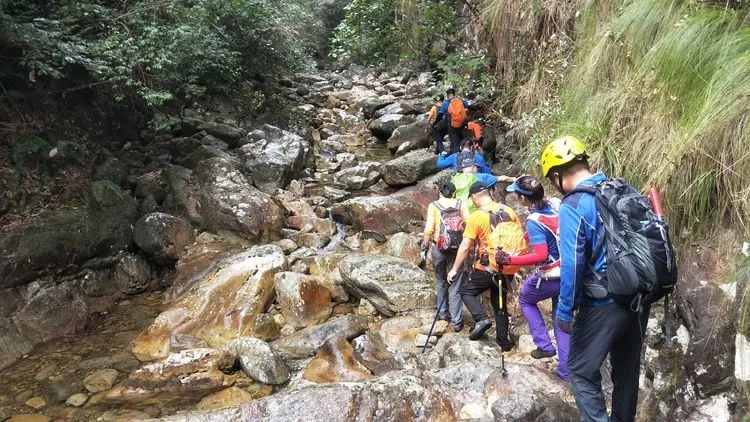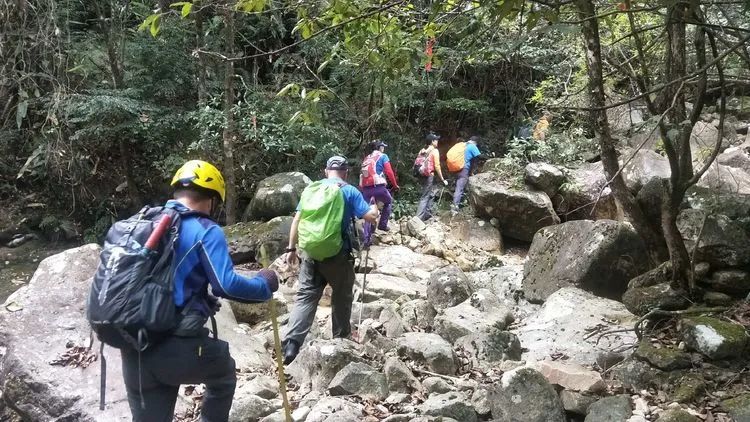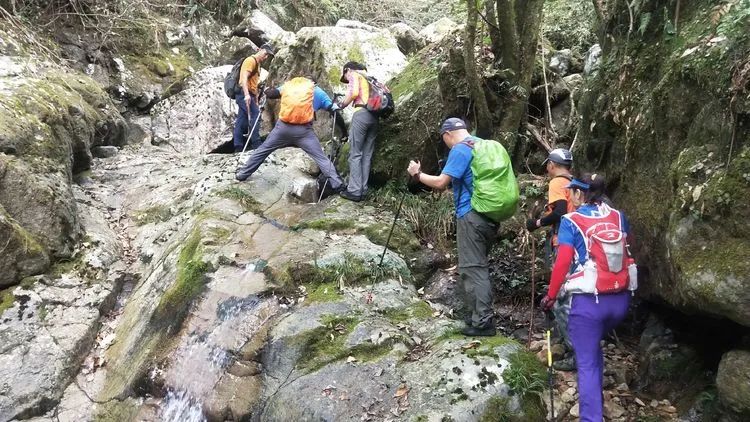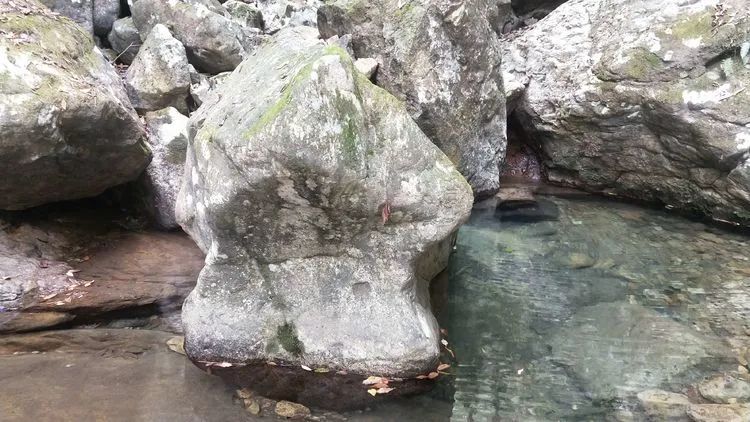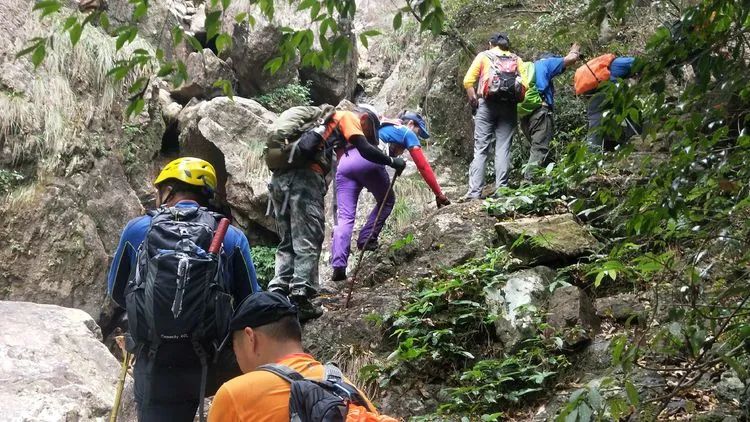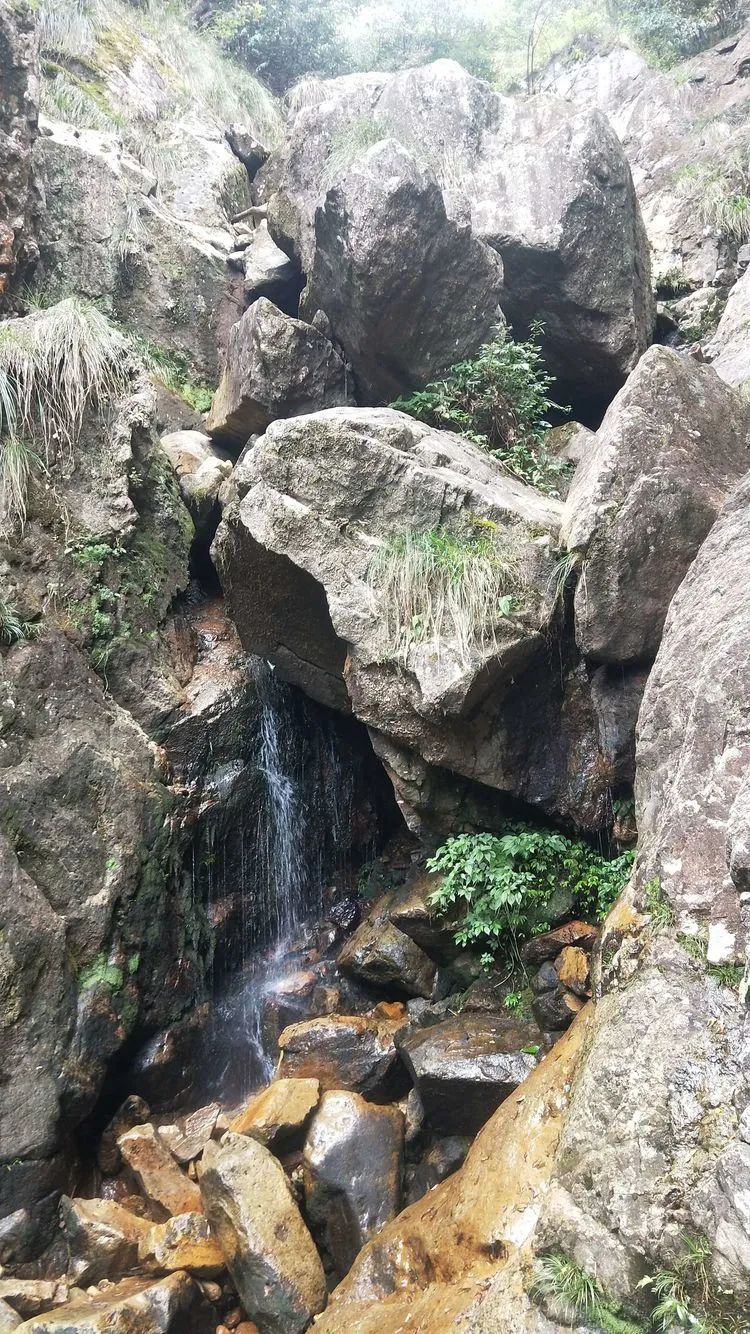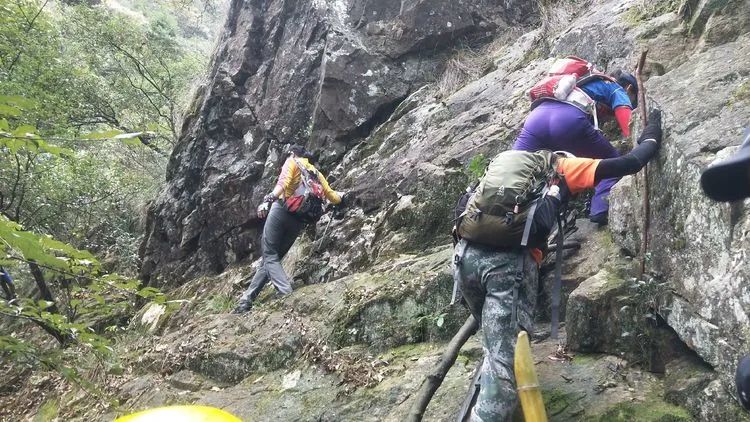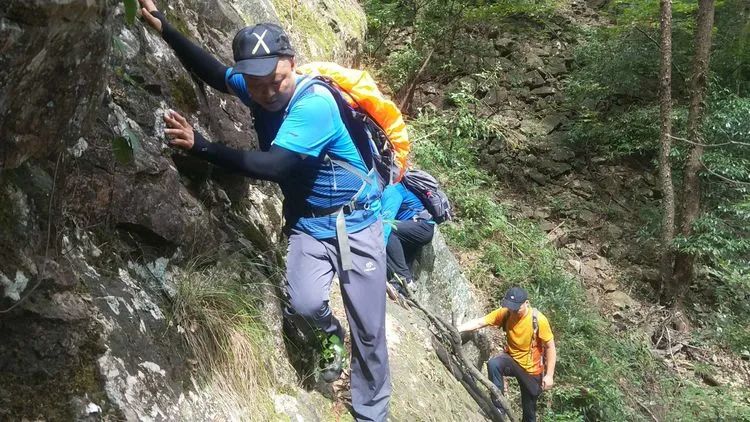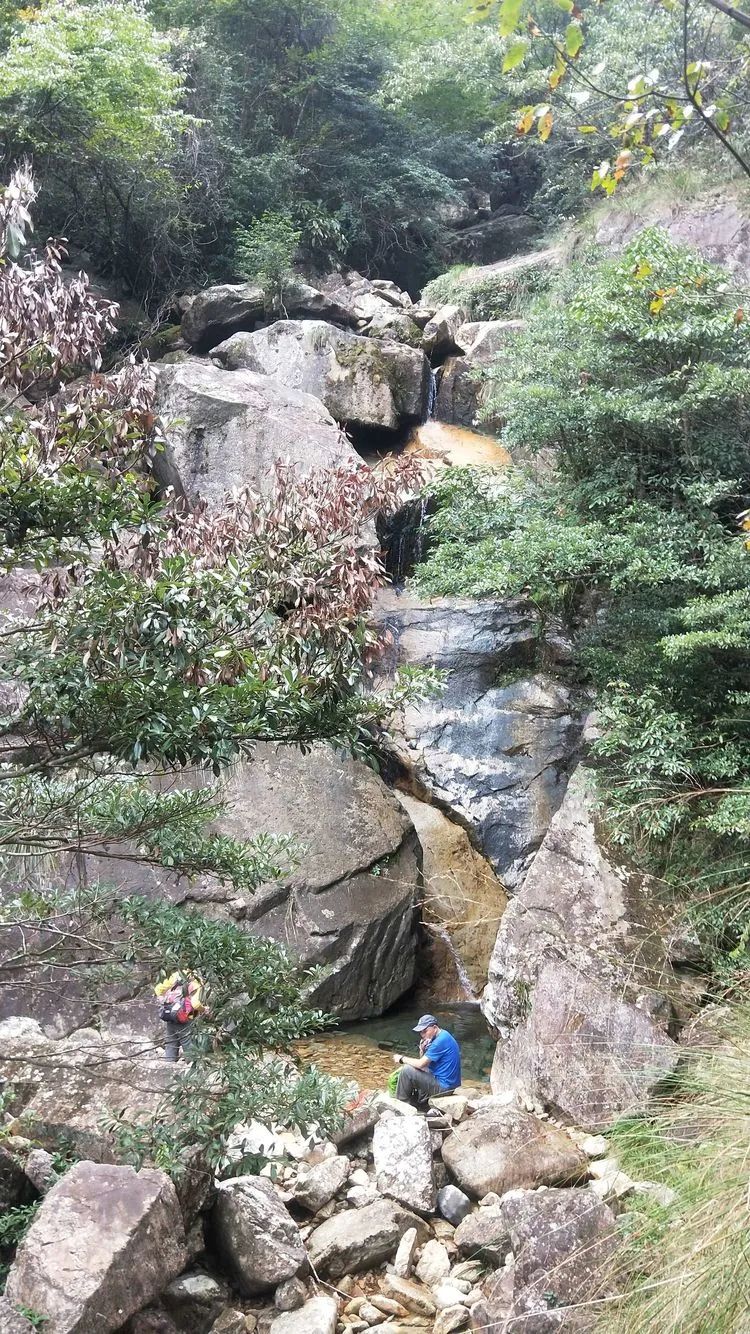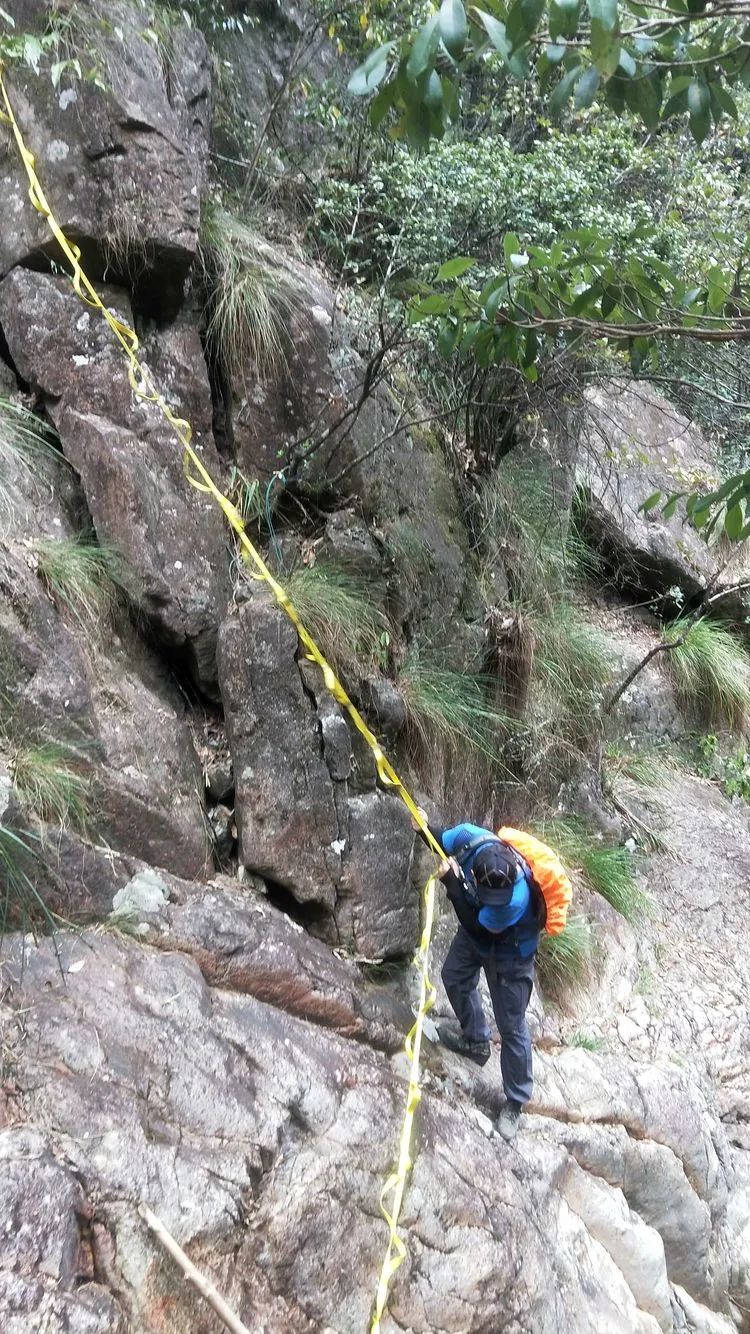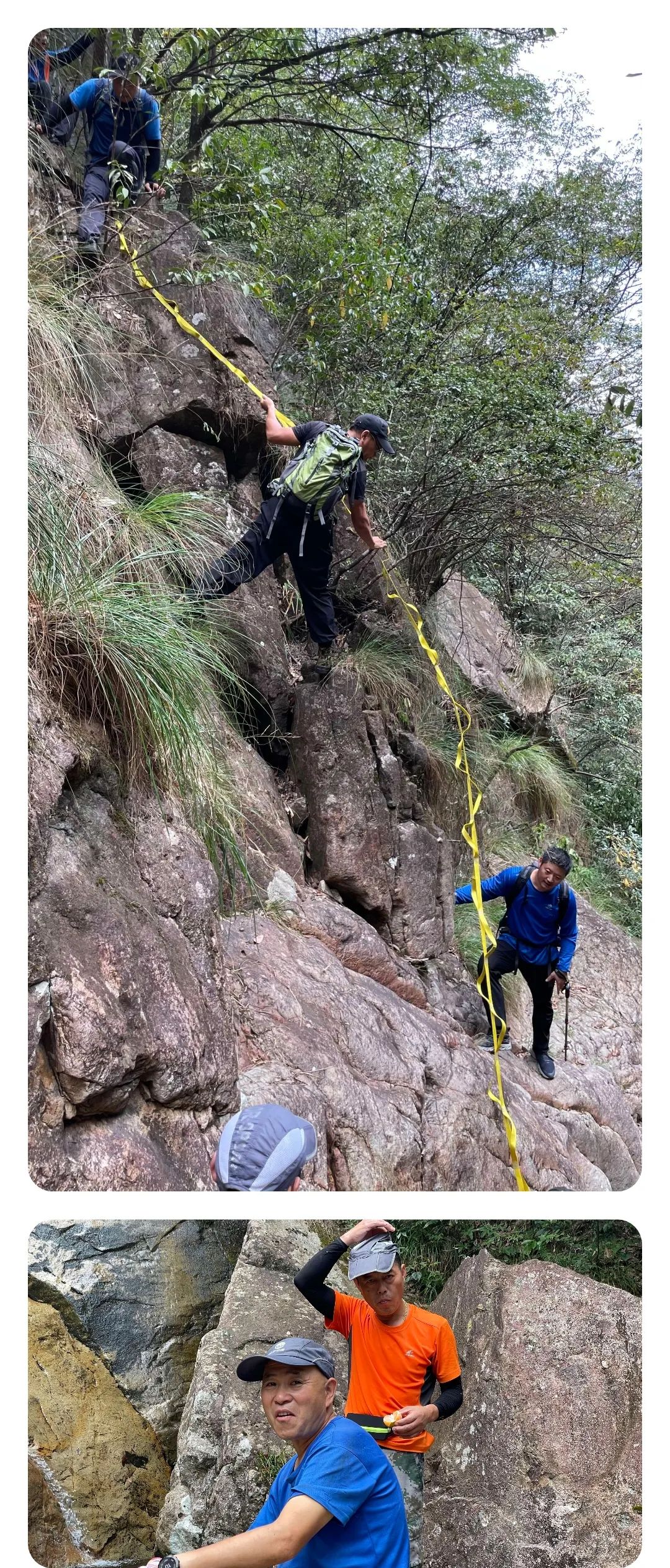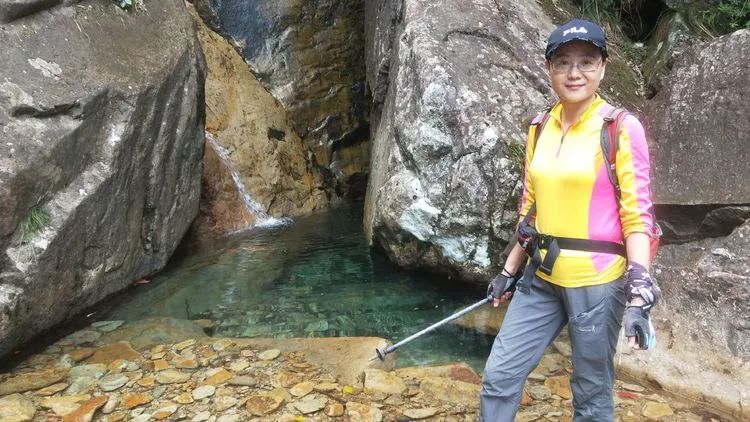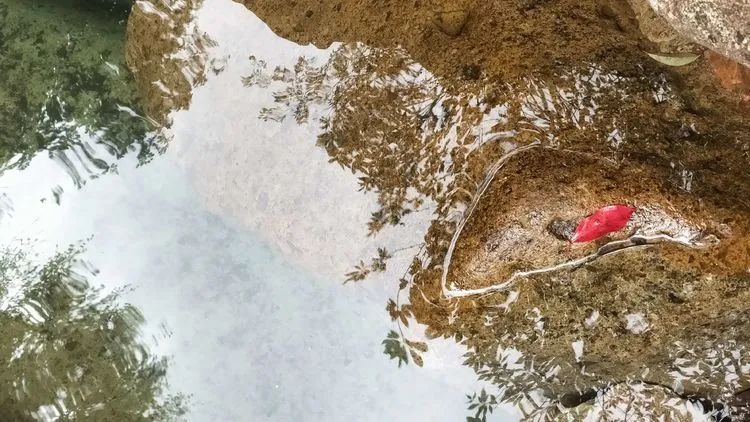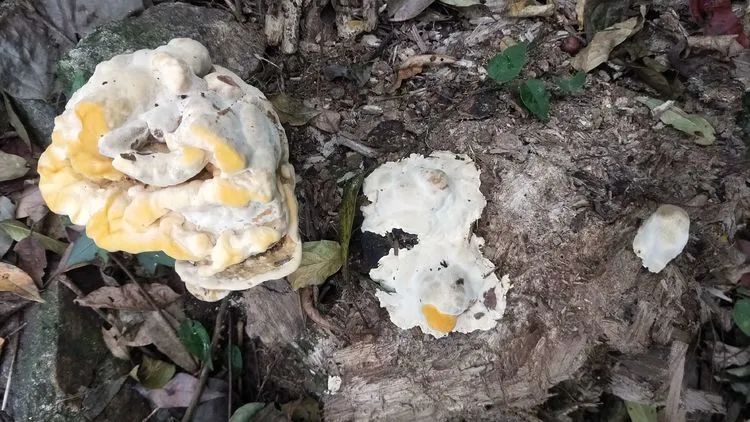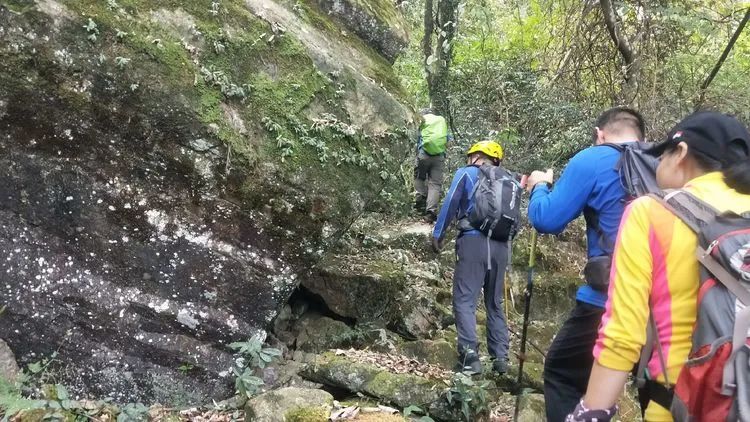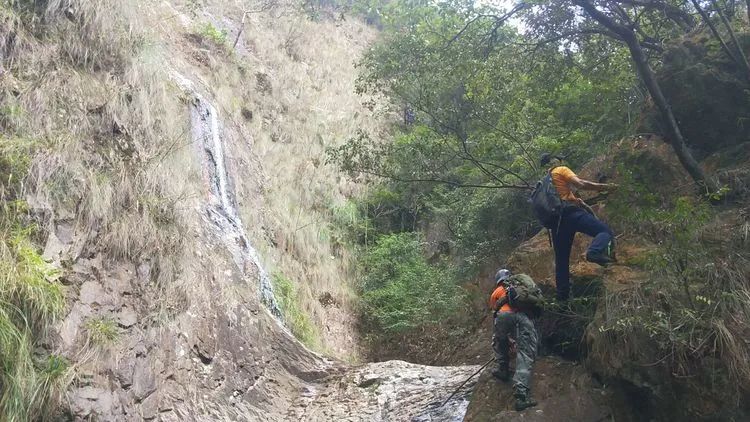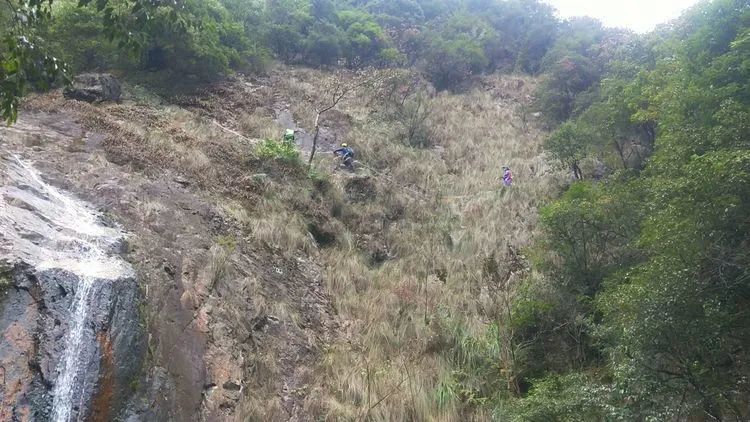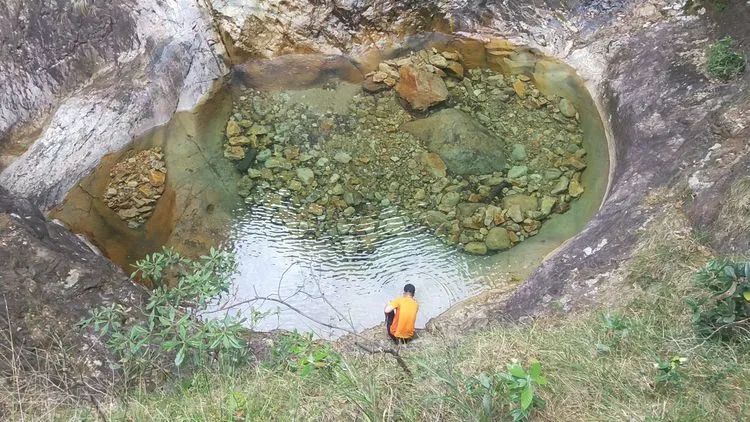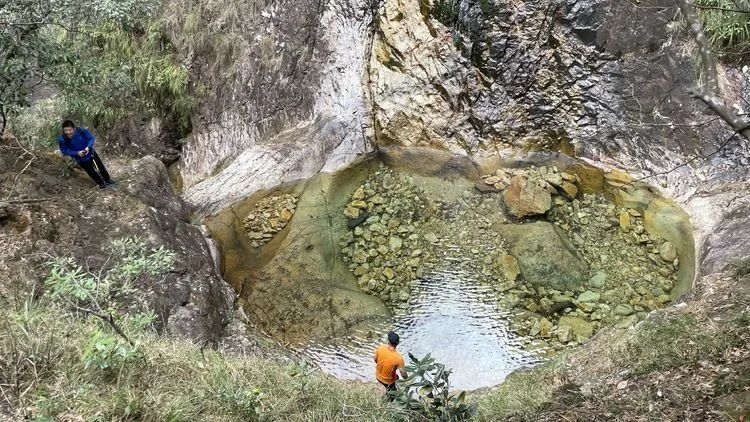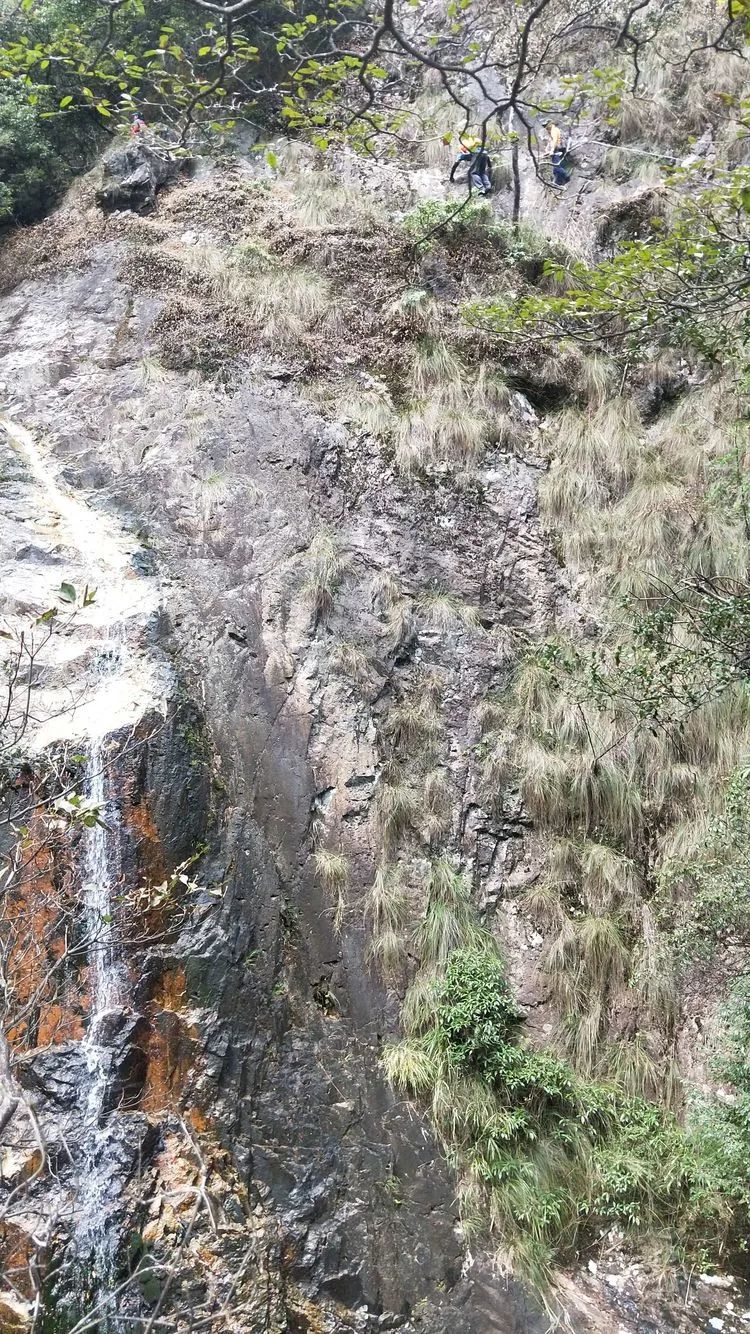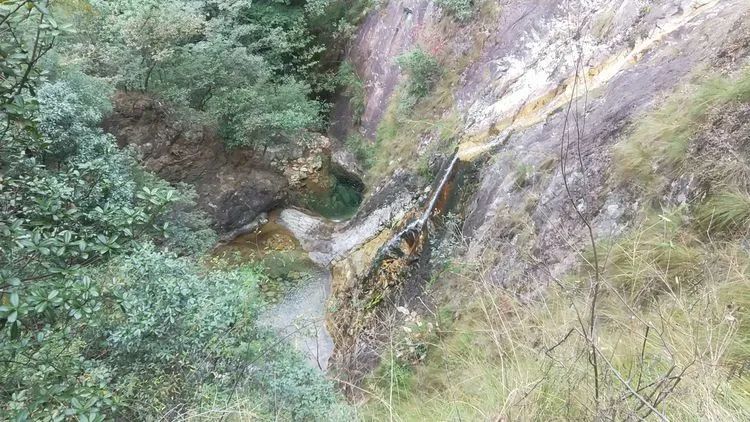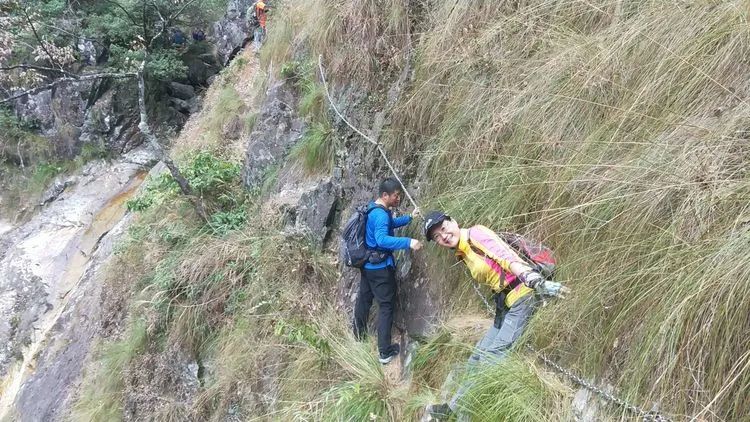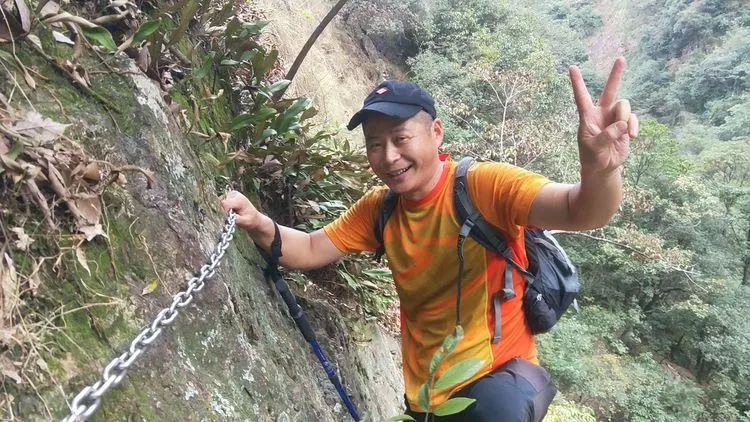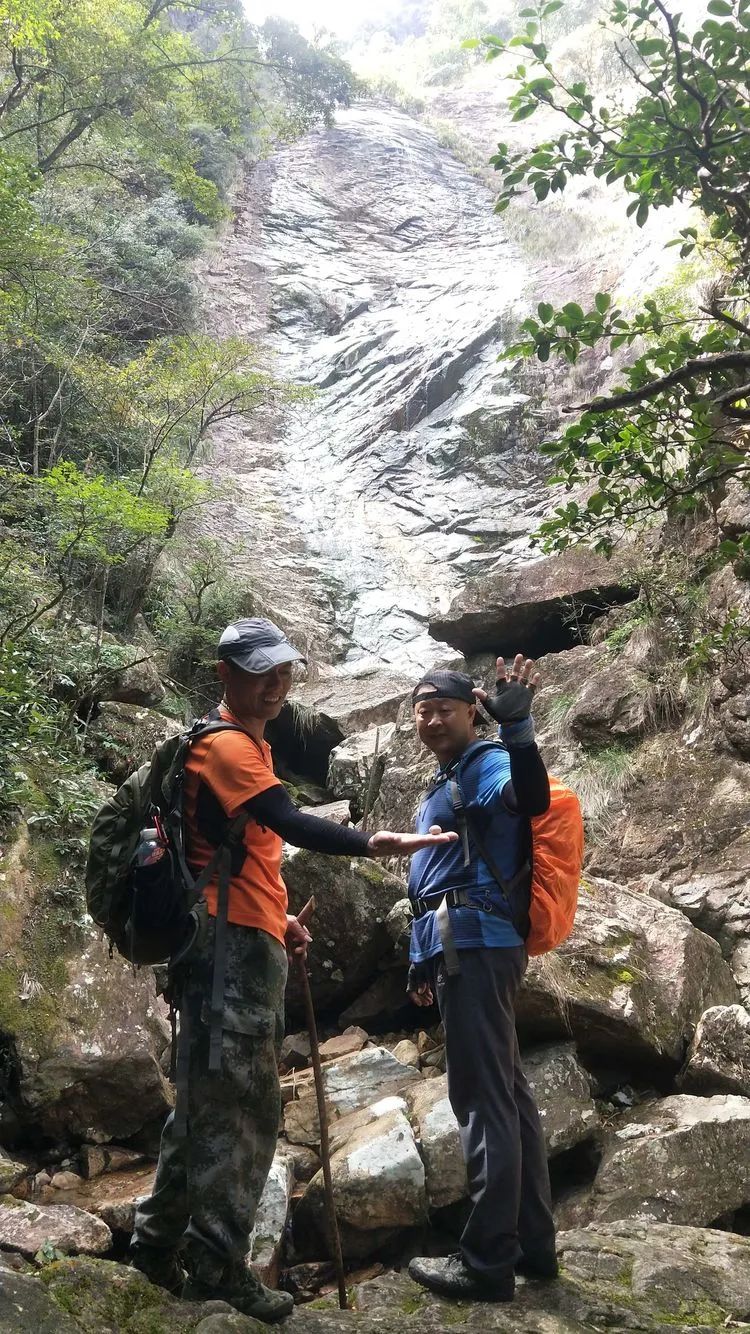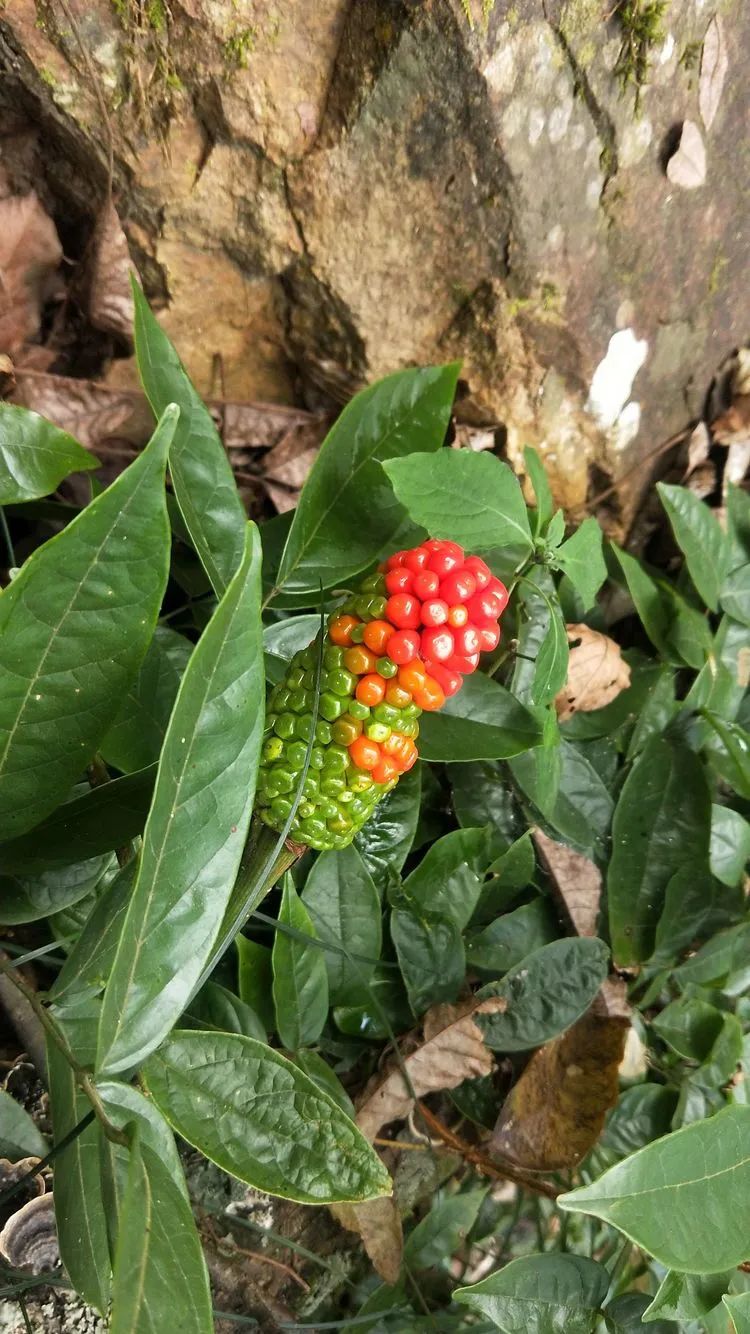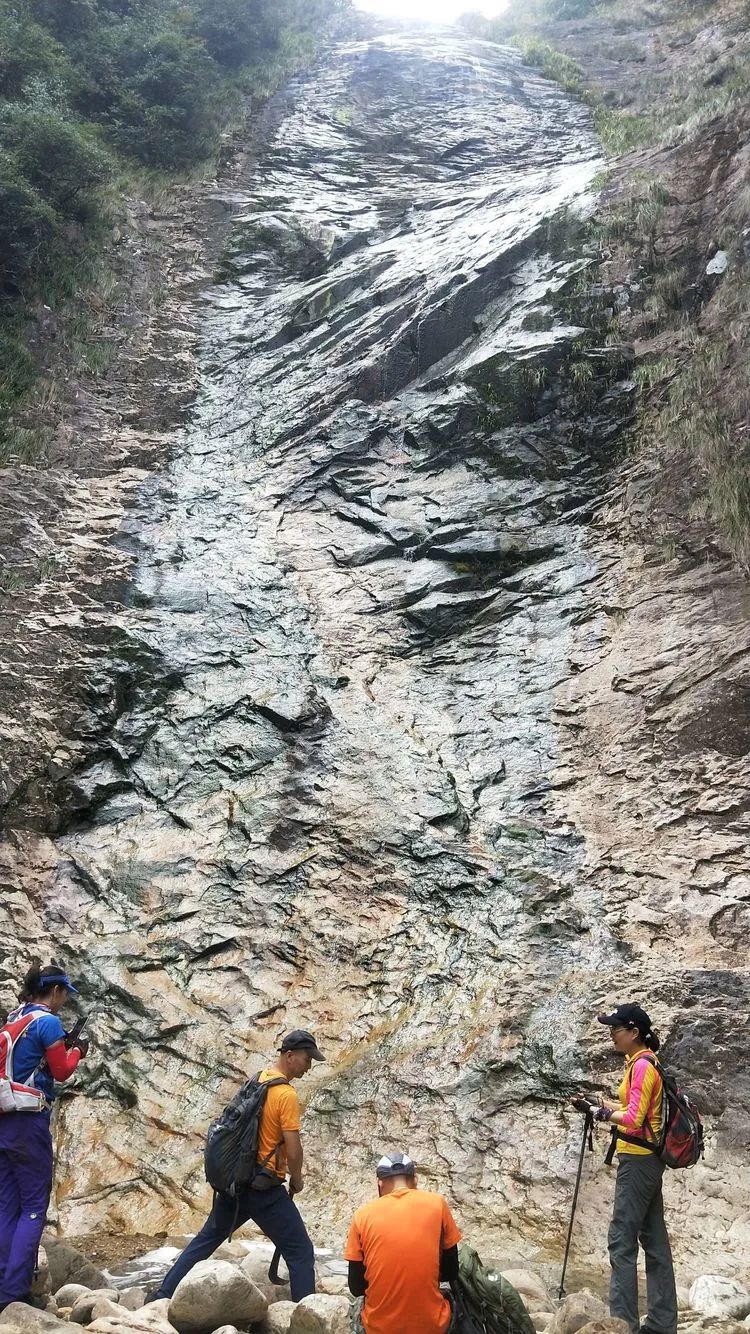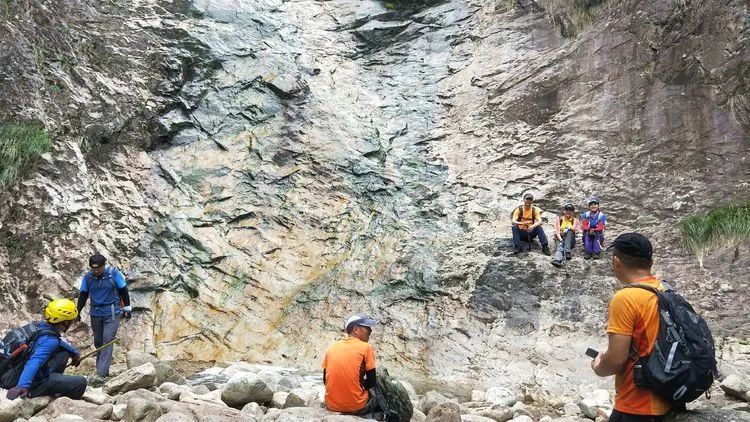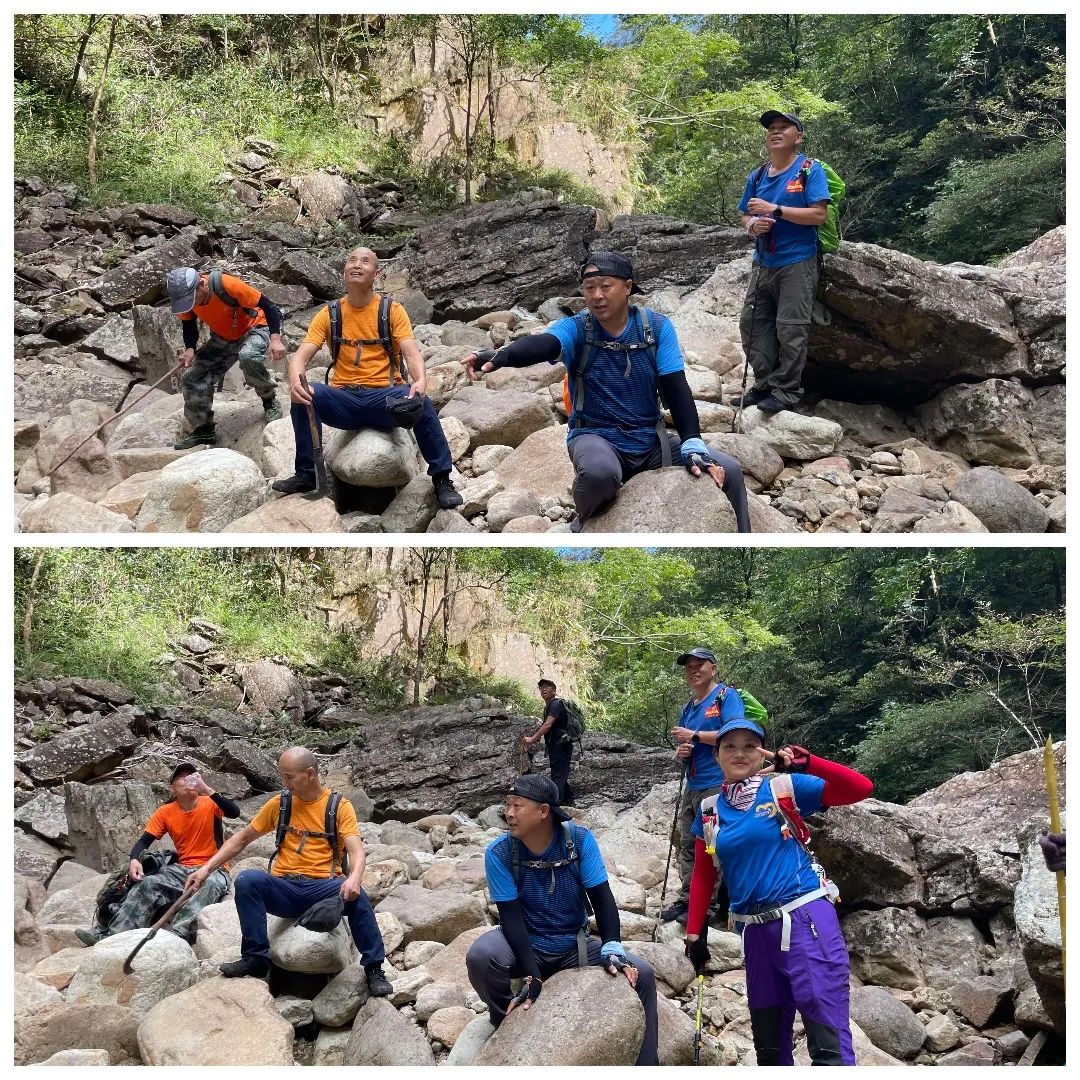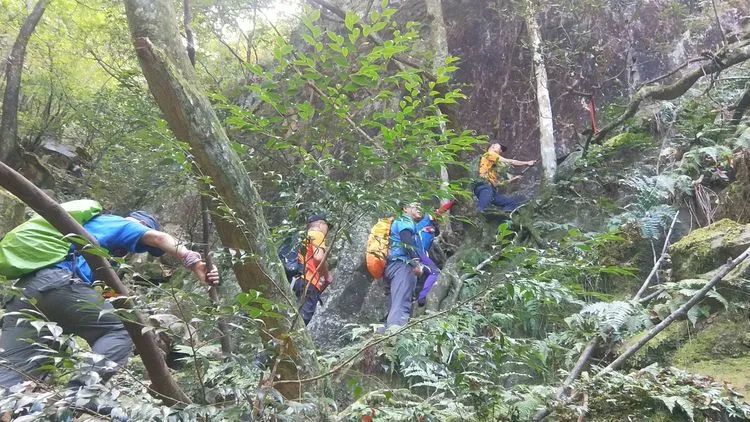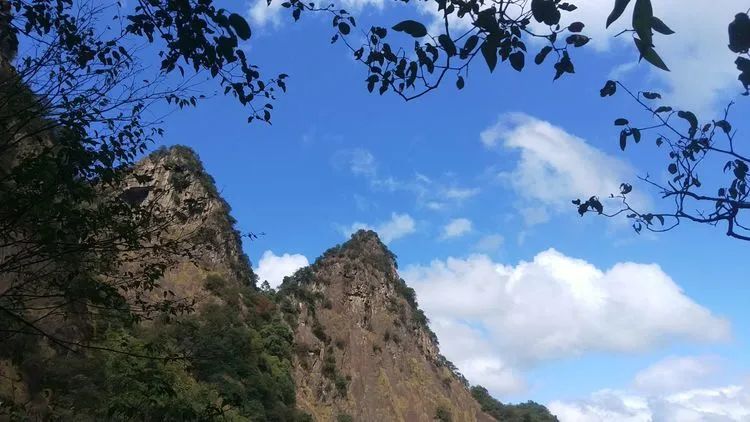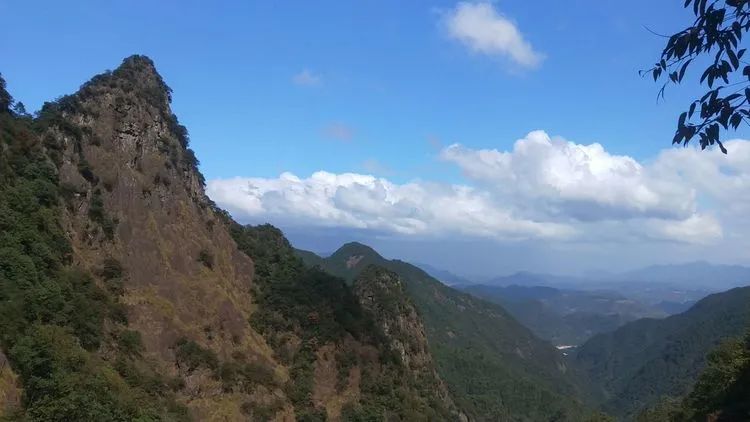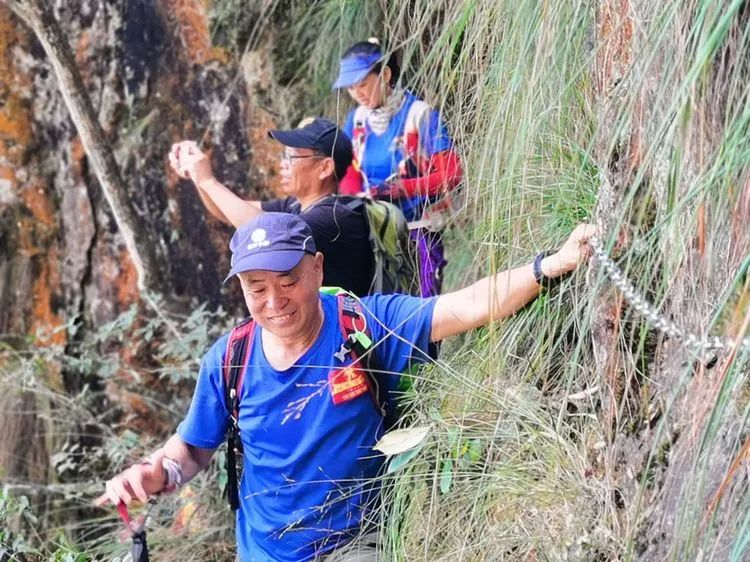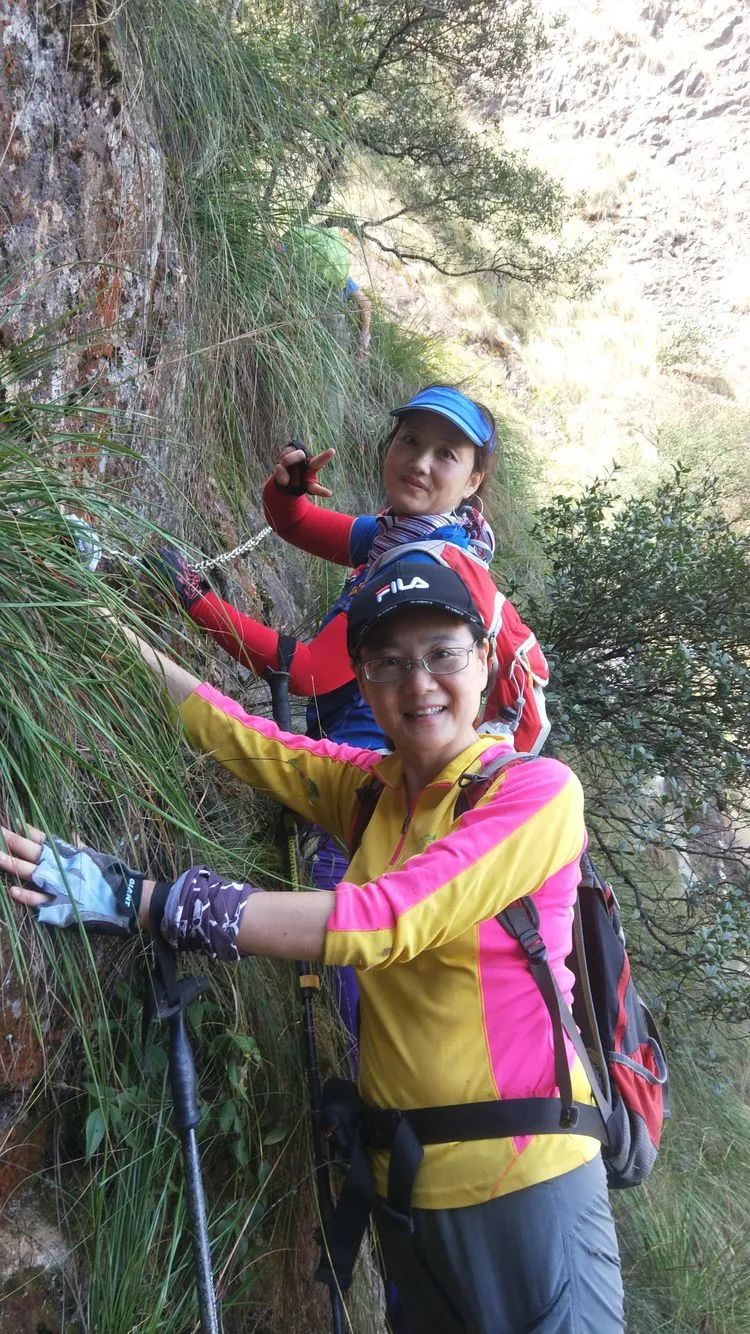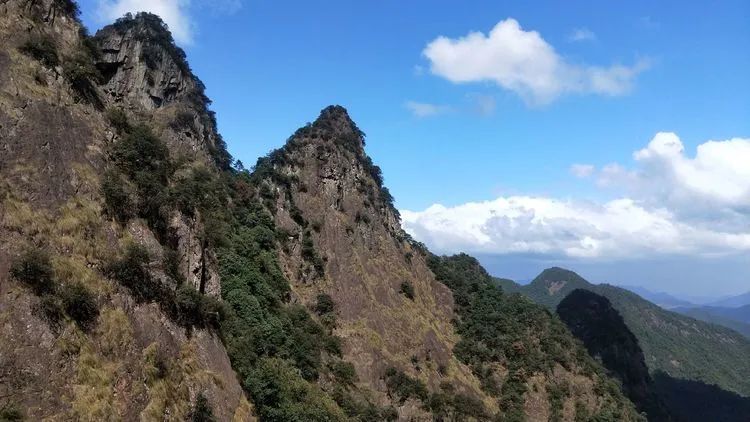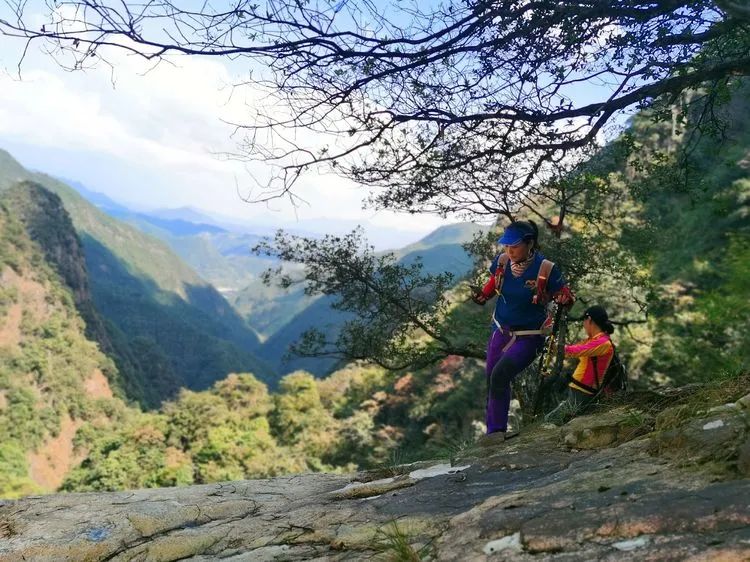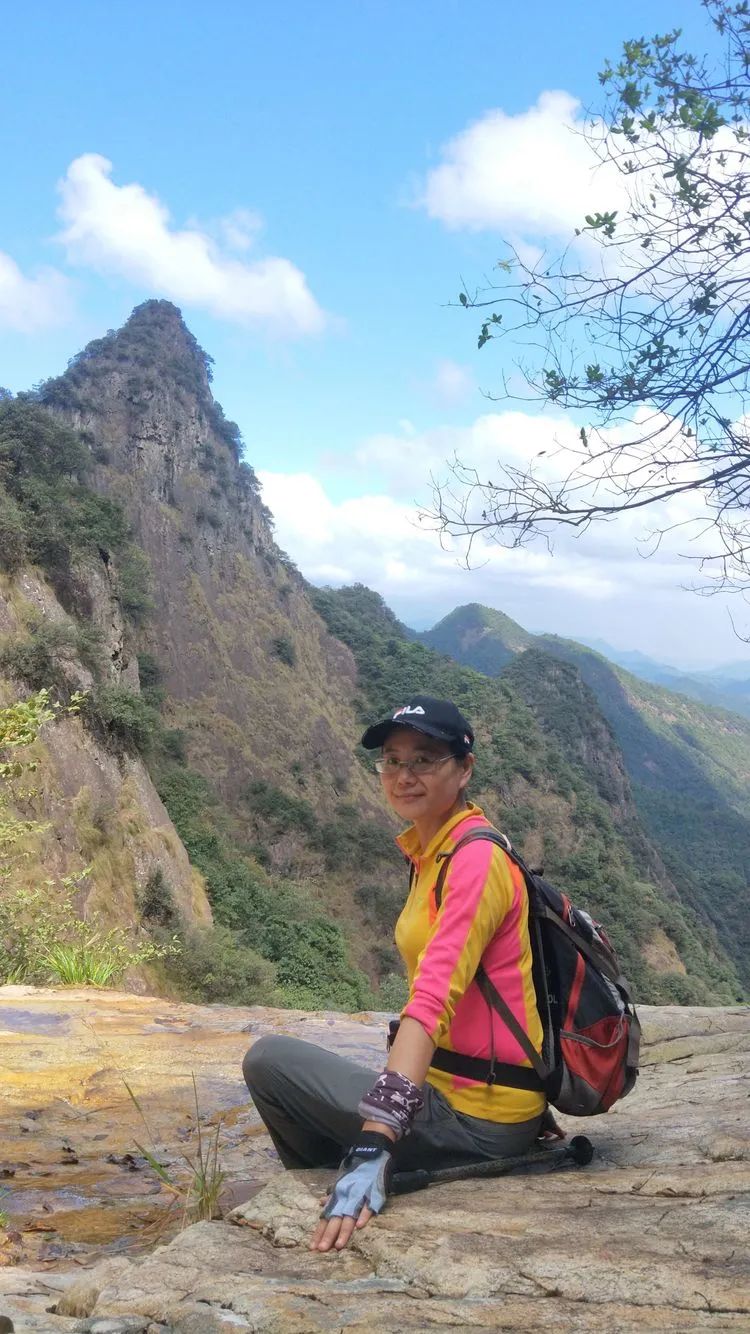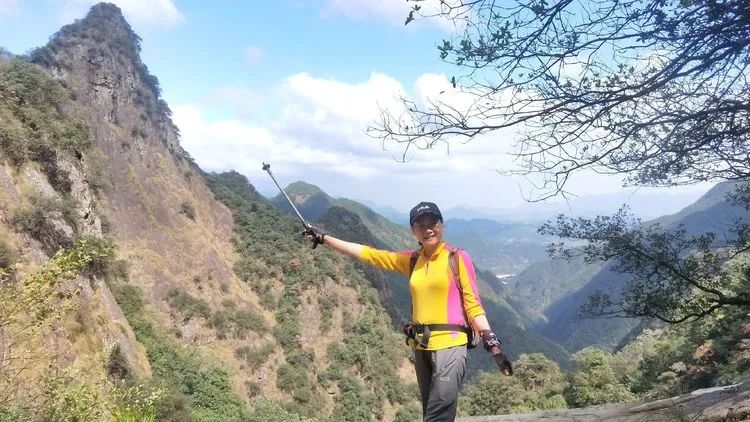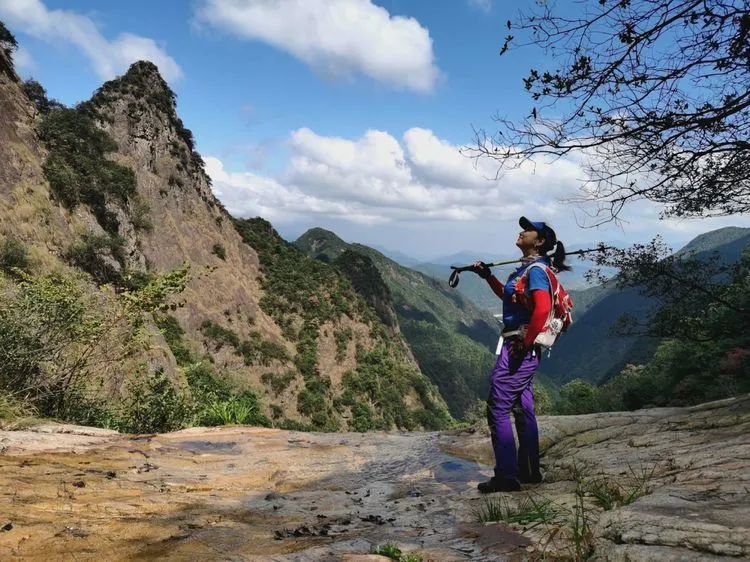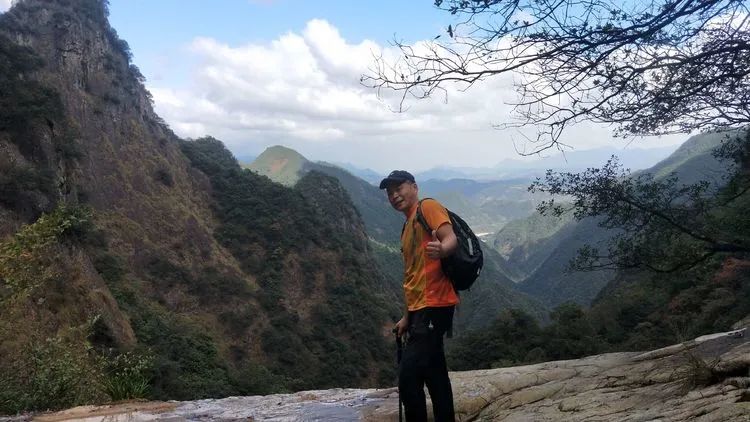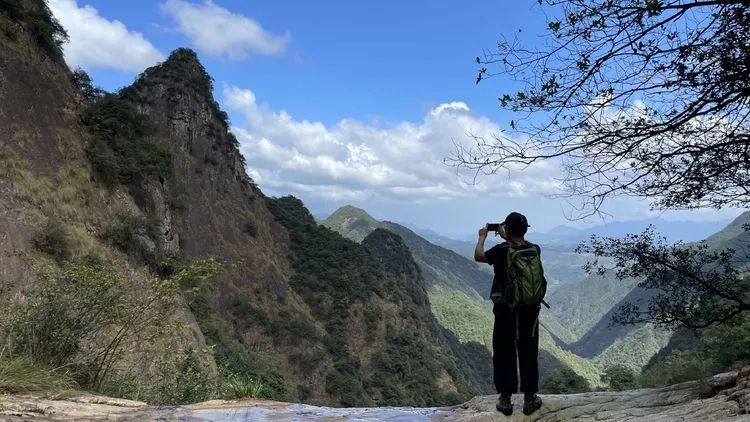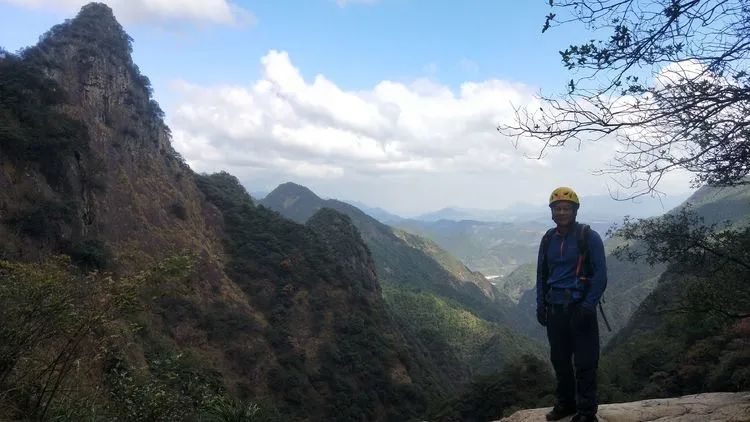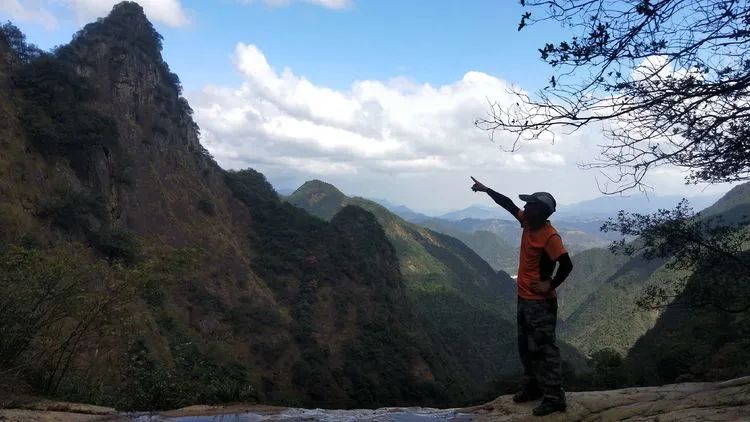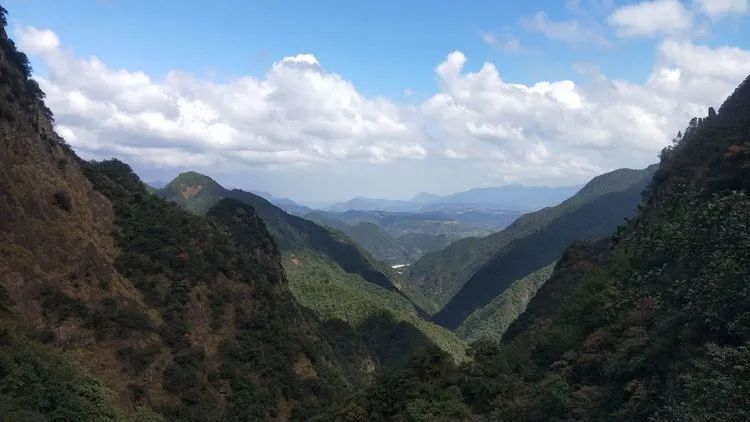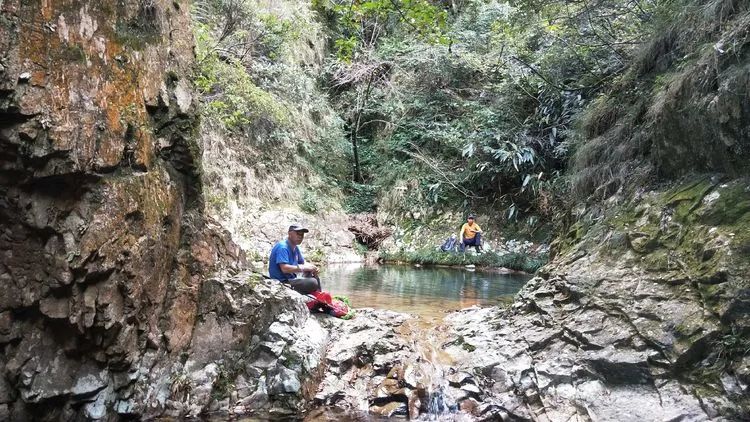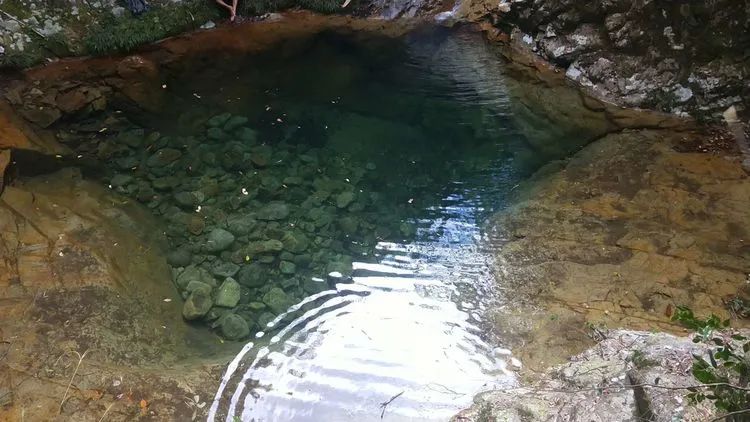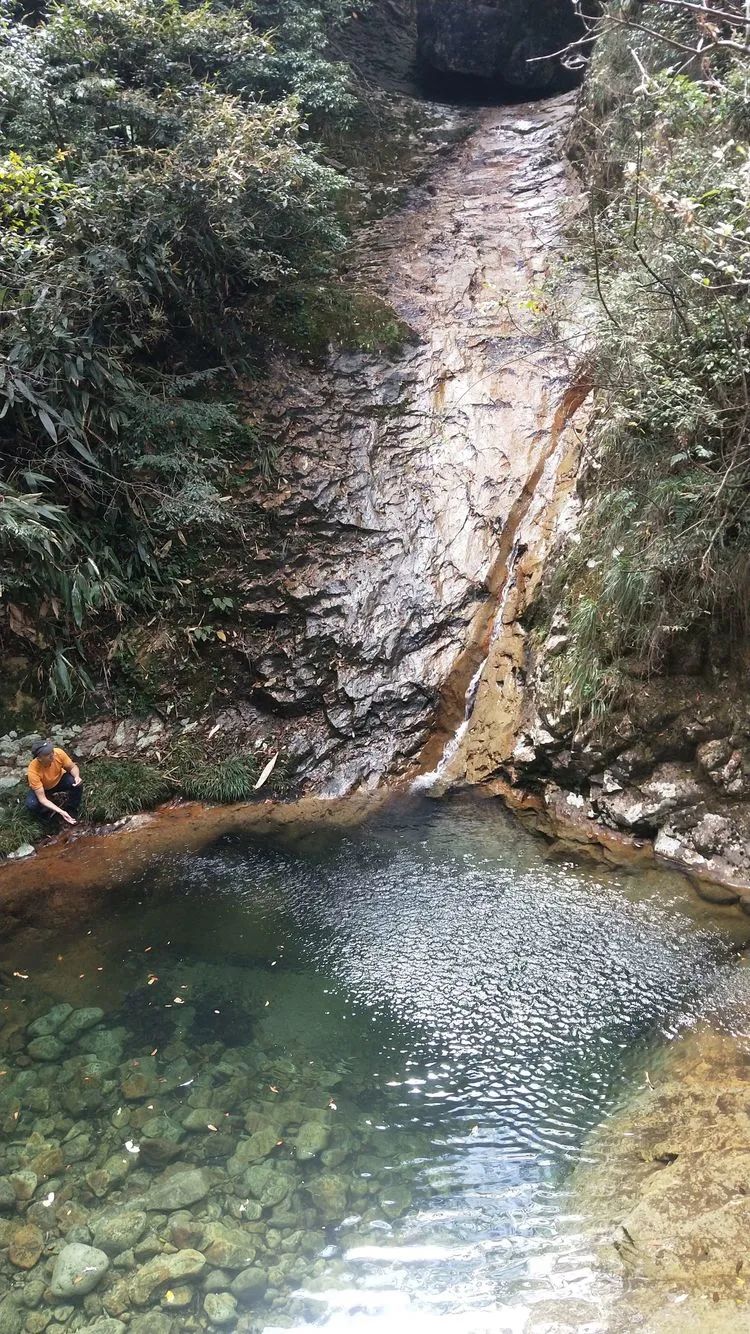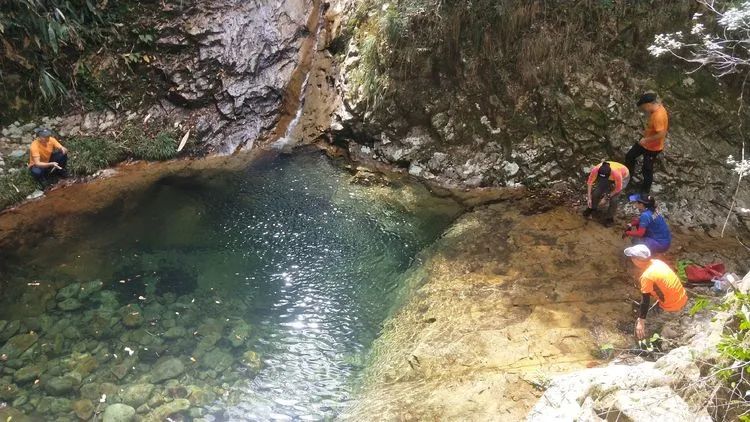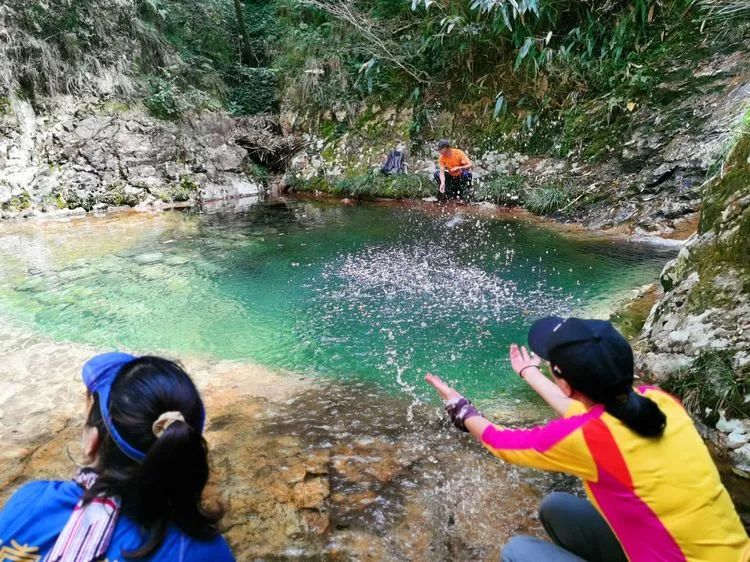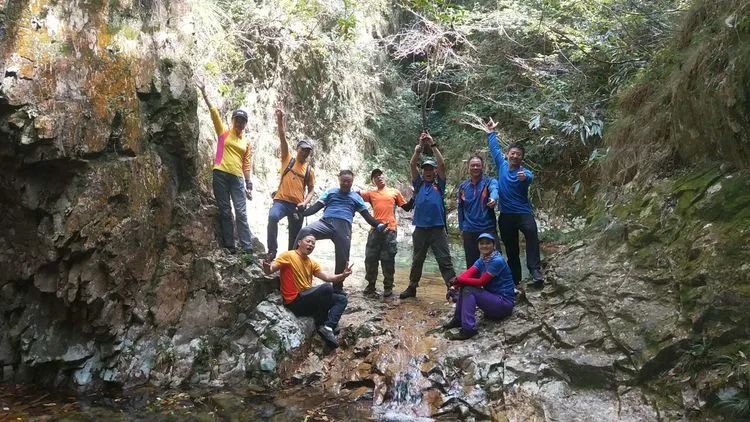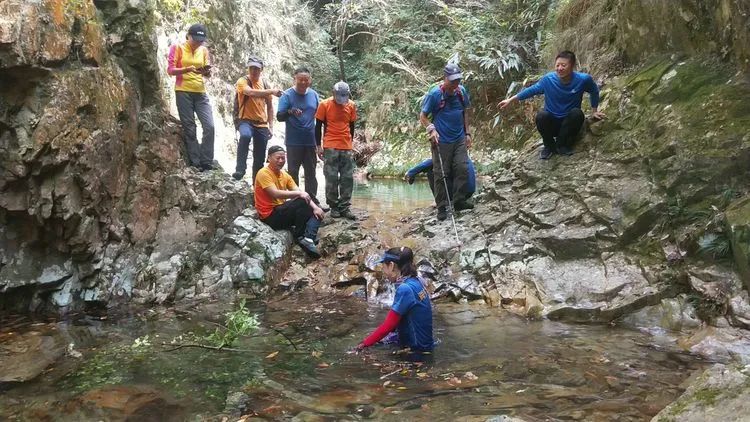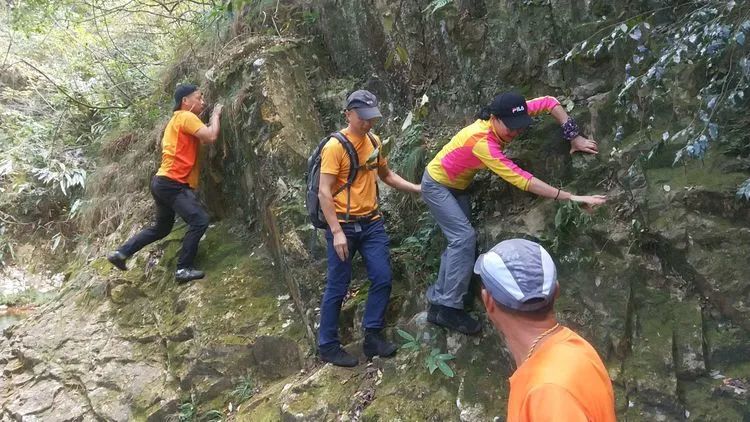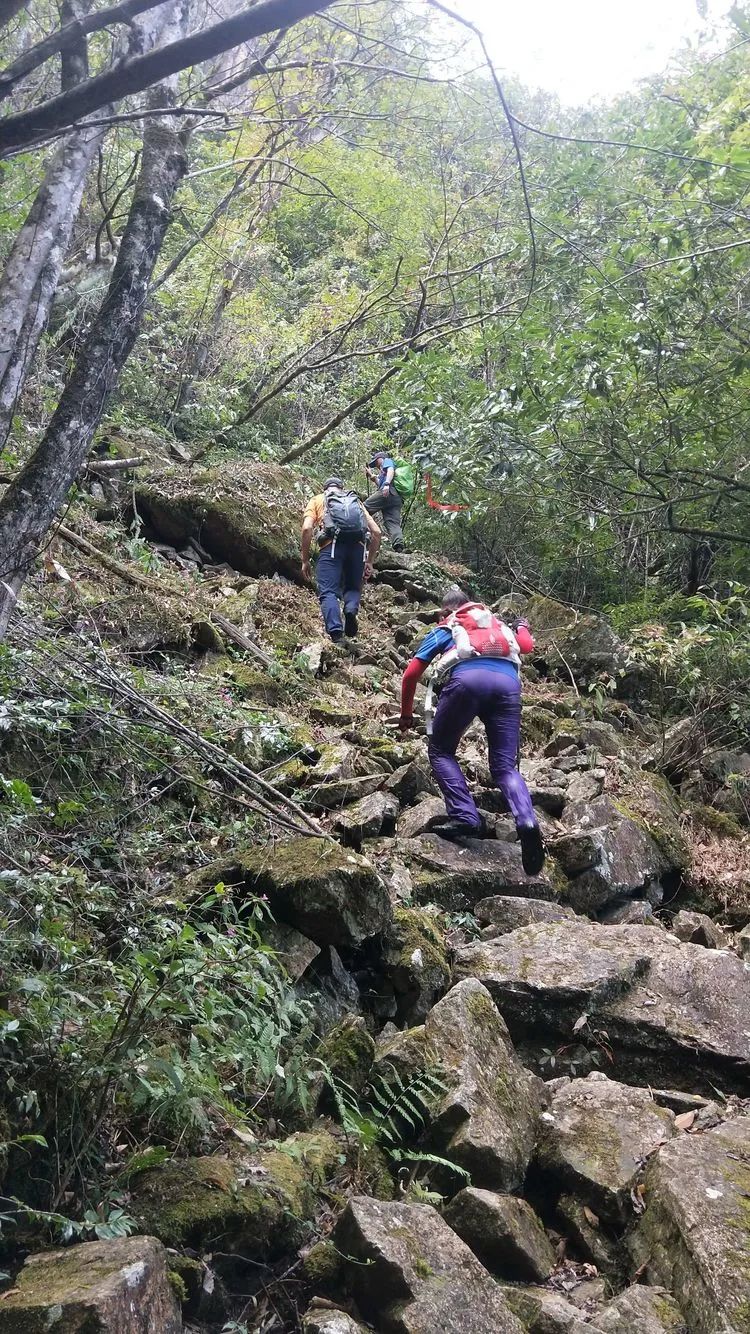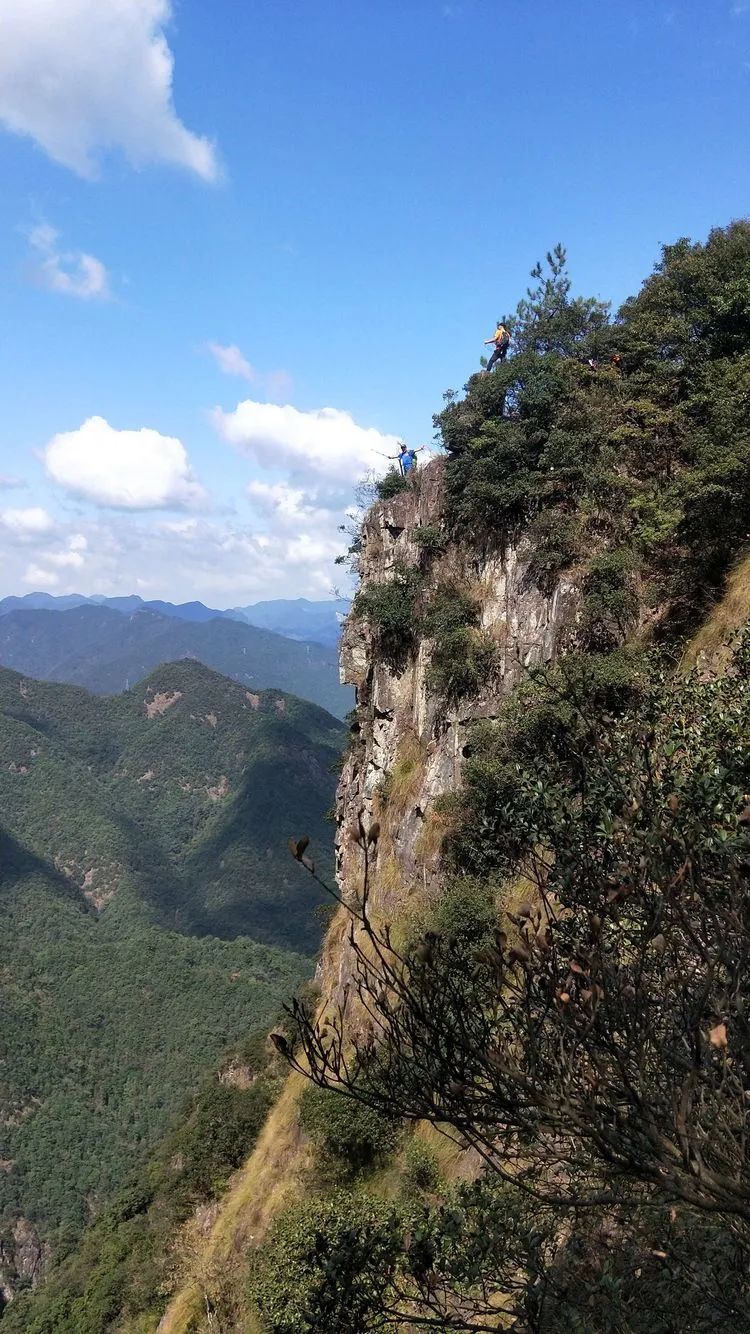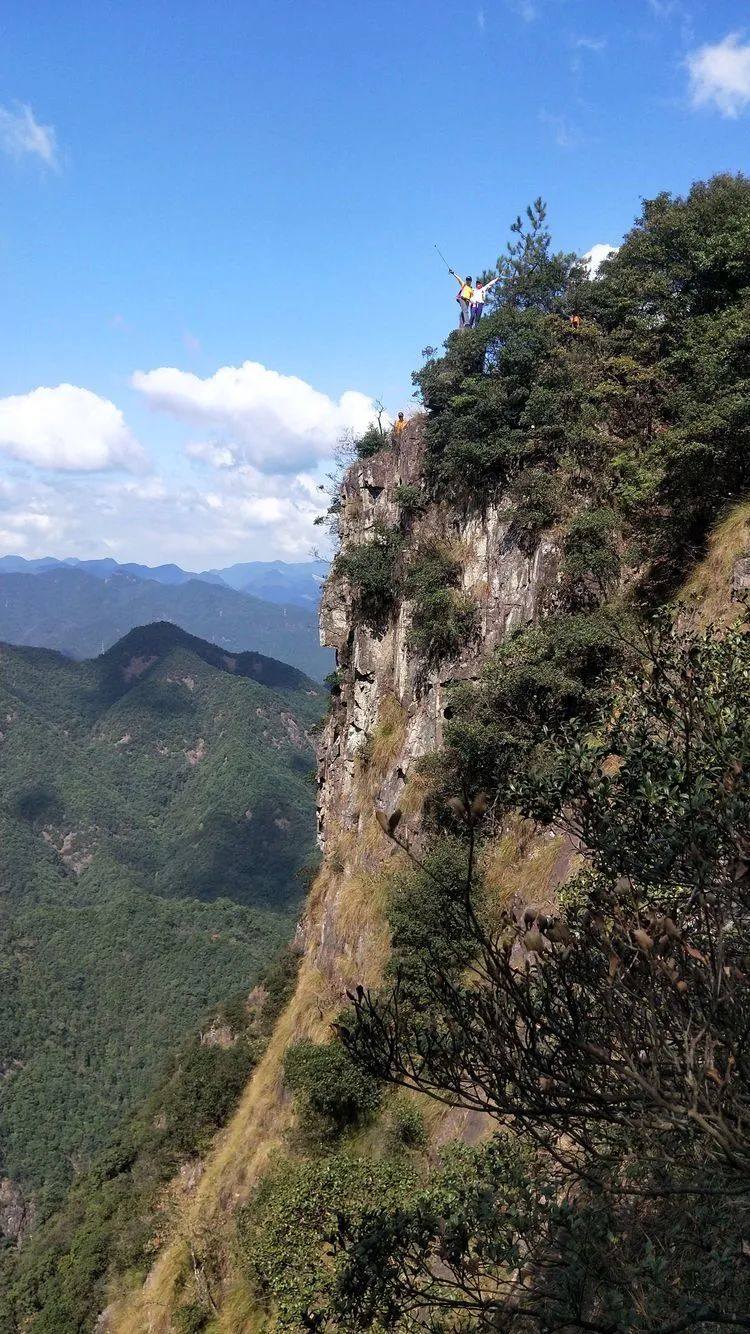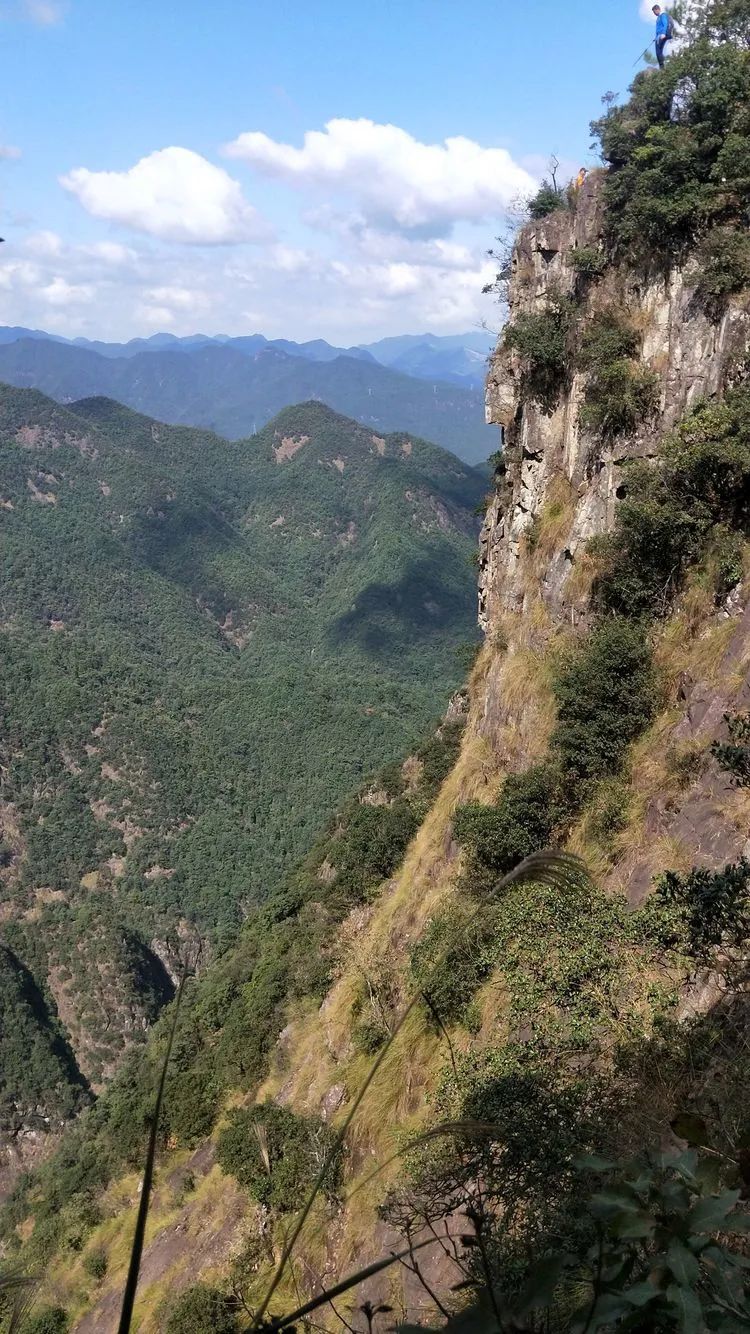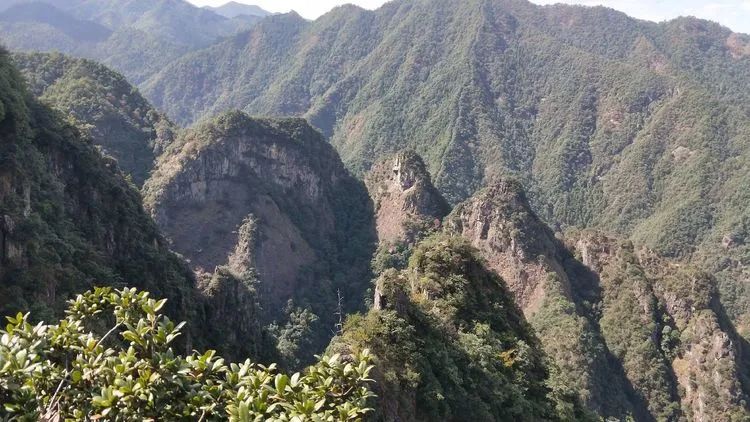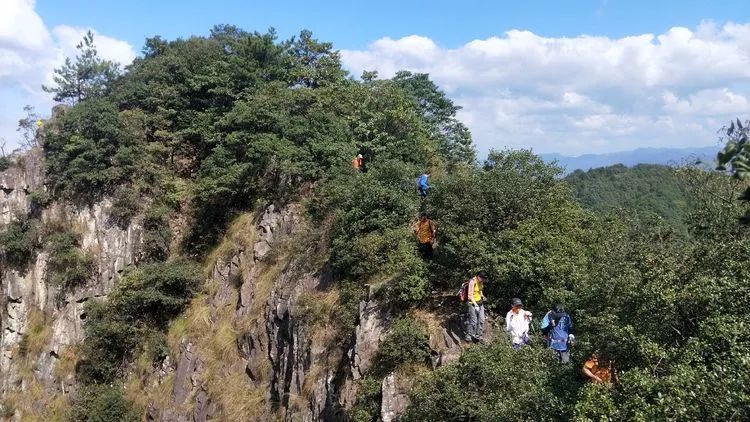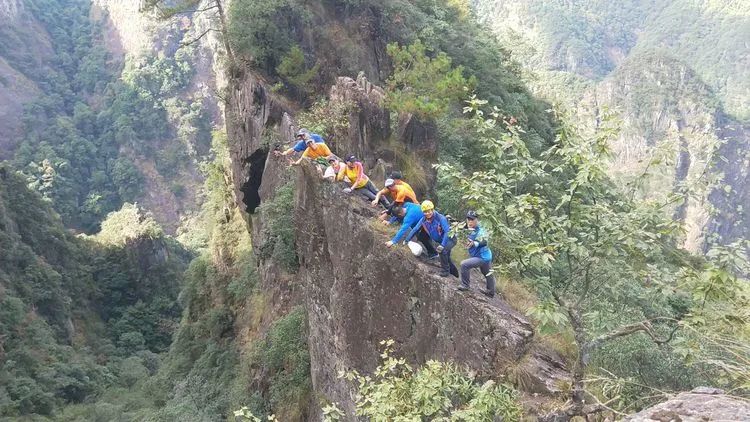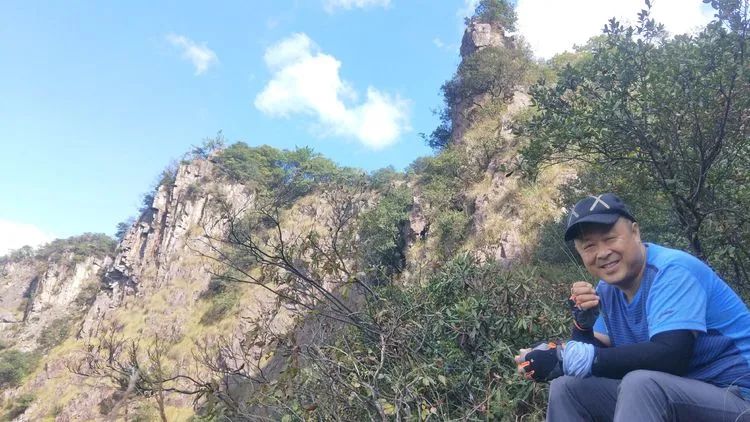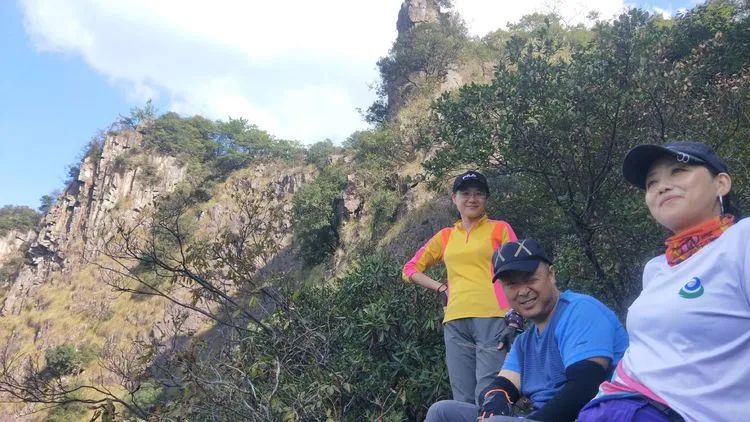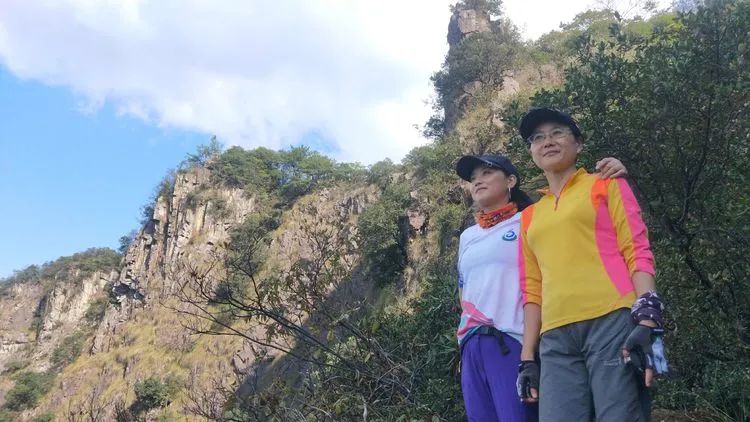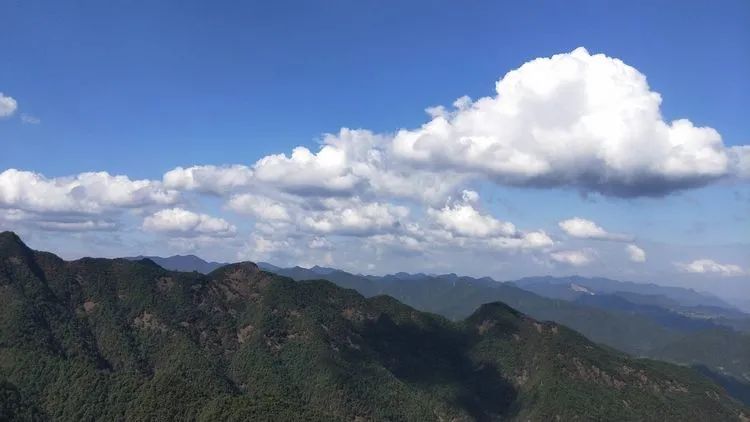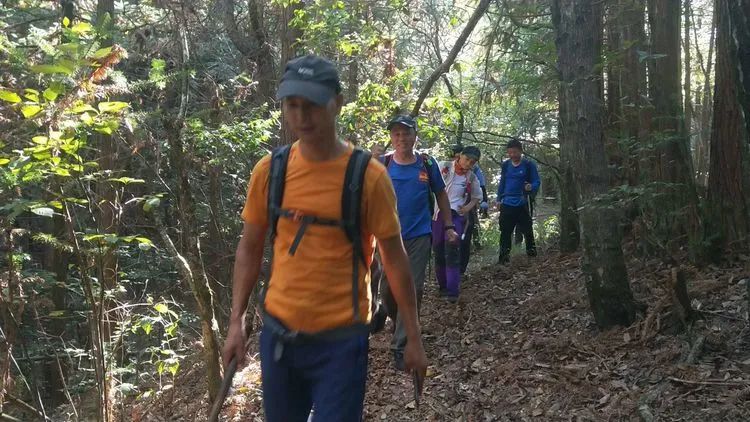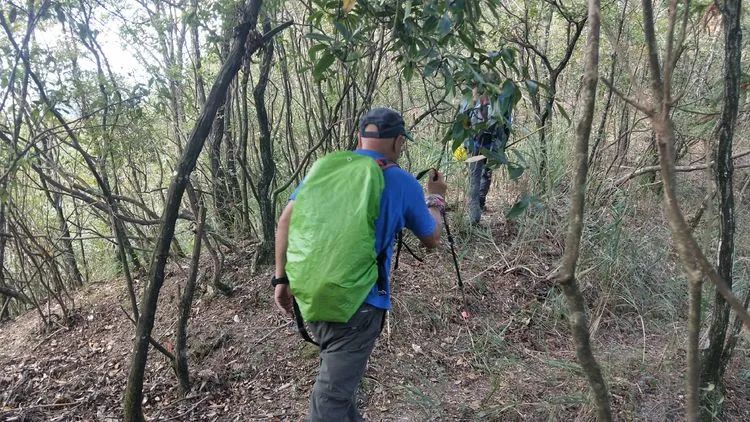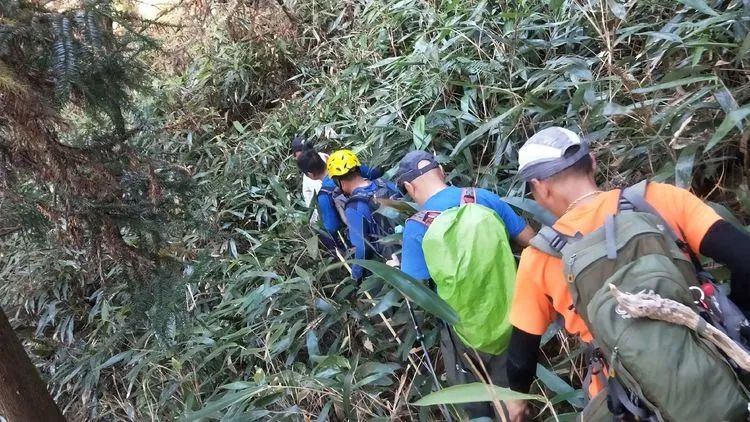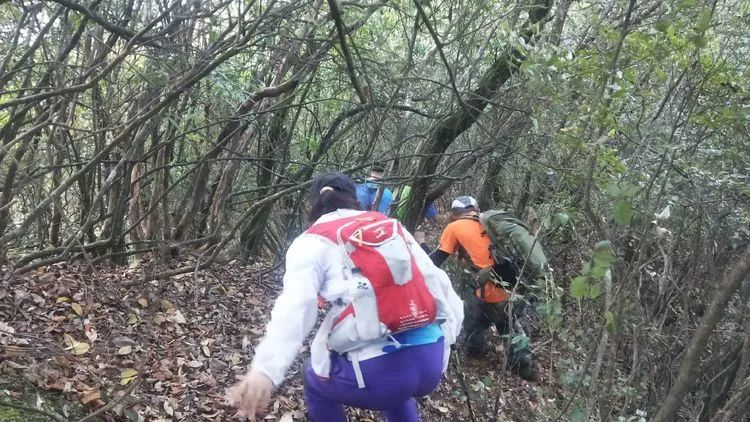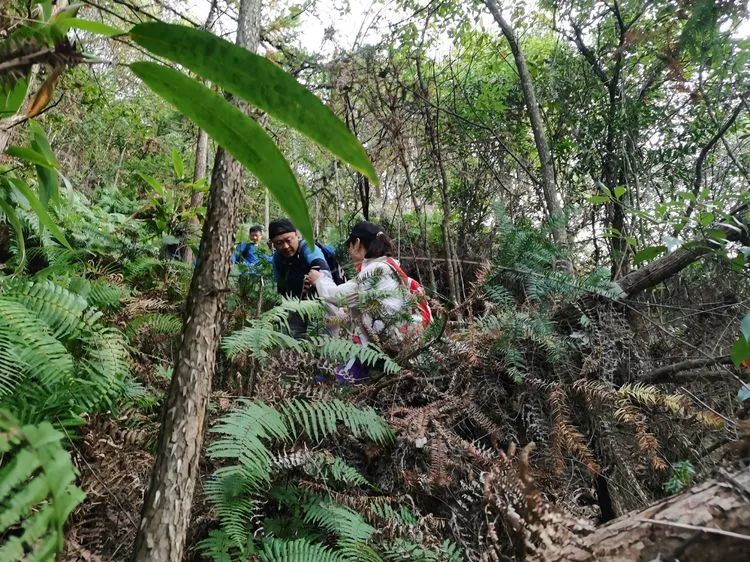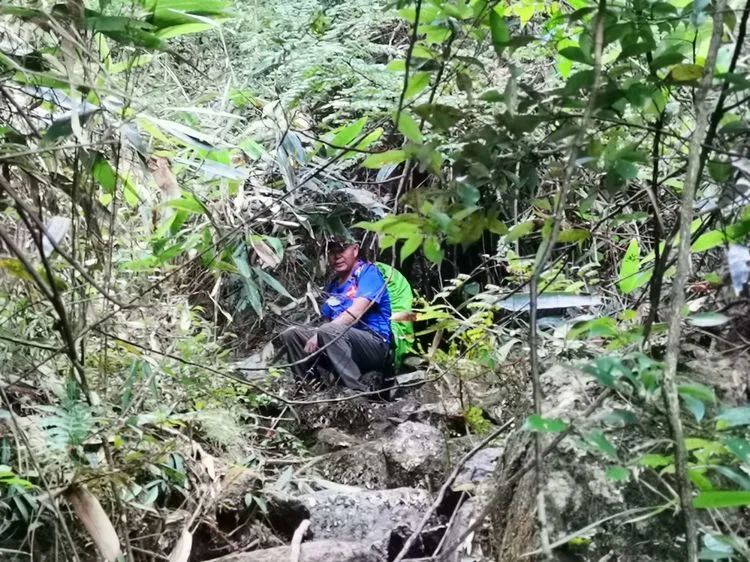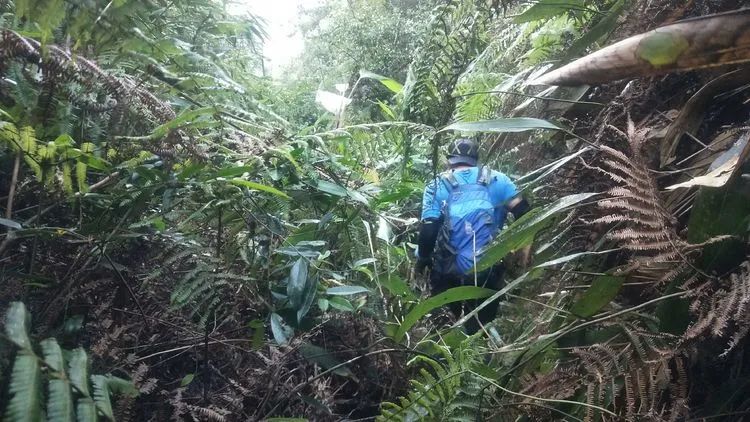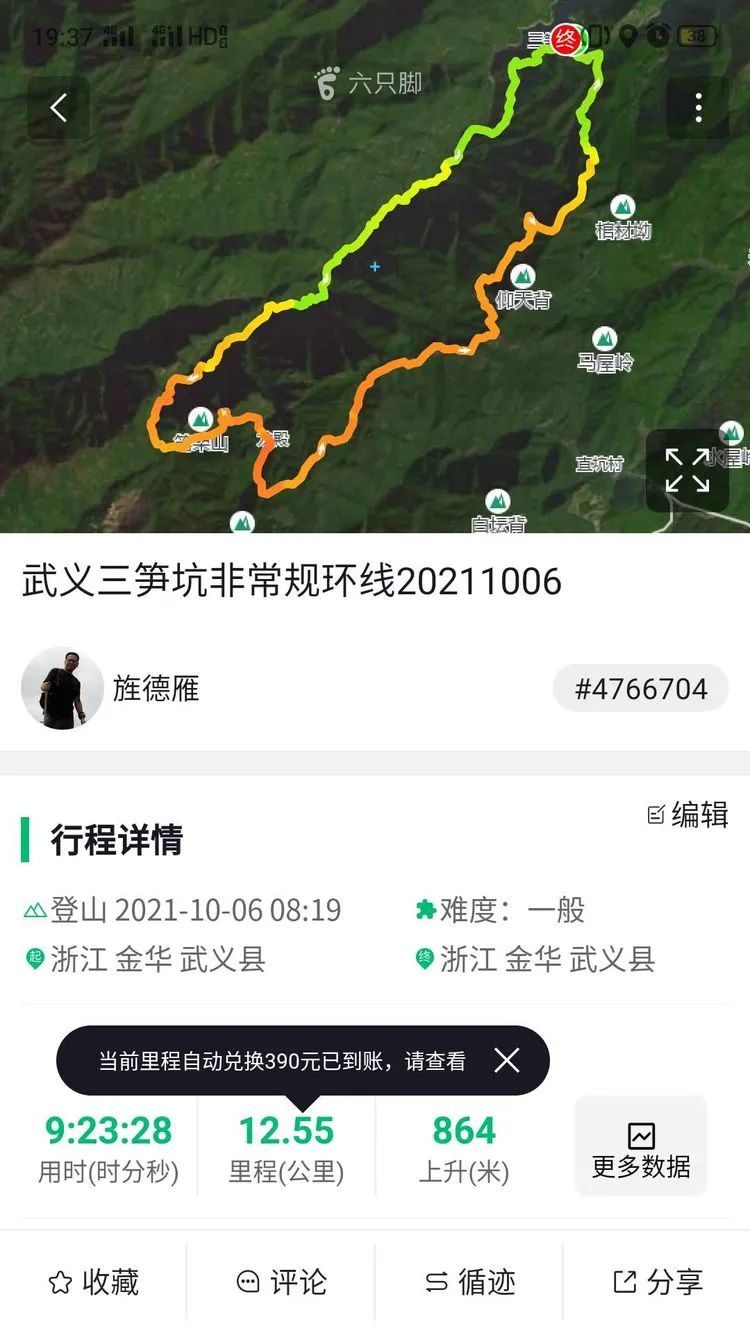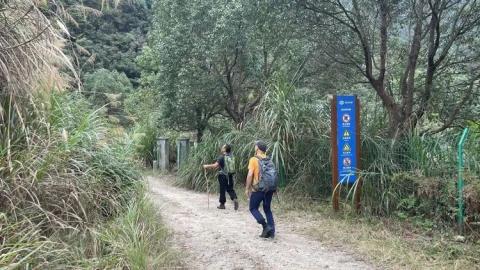
The canyon has tall and straight mountains, beautiful scenery, and deep, crystal clear pools. It is undeveloped and is a perfect hiking route to cross the river. The mountain springs that are clear and gurgling all year round give it an incomparable beauty. The several small pools and waterfalls formed by the upper and lower drops add charm to it. Coupled with the thousand-year-old vines and lush ancient trees in the original mountain forest, you can pick all kinds of colorful flowers at your fingertips. The wild fruit has given it a mysterious veil.
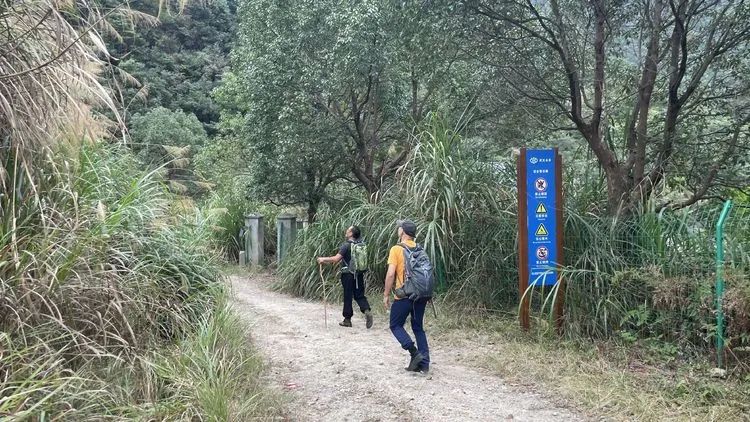
Walking route: Sansunkeng Canyon - Longtan - Bijiashan - Longdian - Yangtianbei - Coffin Col - Entrance to Sansunkeng Canyon, the whole journey is 12.5 kilometers and takes 9 hours and 23 minutes.
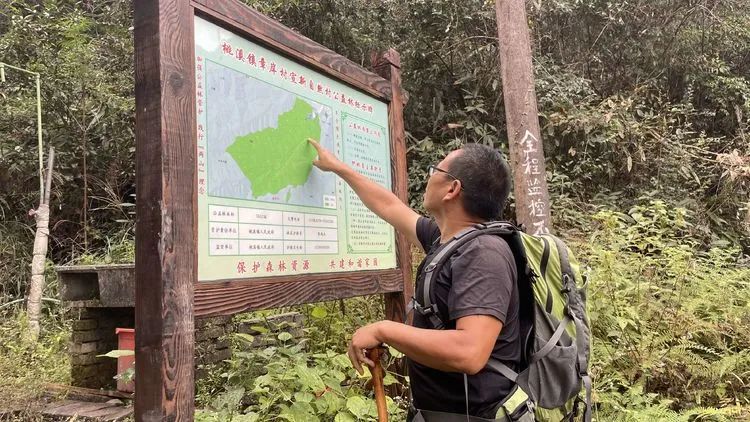
To the northeast of Niutoushan, the area around Nongkeng and Sansunkeng is dotted with silver mine sites from the Ming Dynasty, which at that time belonged to the Longkeng Silver Mine in Xuanci Township, Lishui County. Silver mining has a history of hundreds or even more than hundreds of years. The blasting method used in mining requires a large amount of fuel charcoal. Day after day, year after year, a large number of plants are cut down.
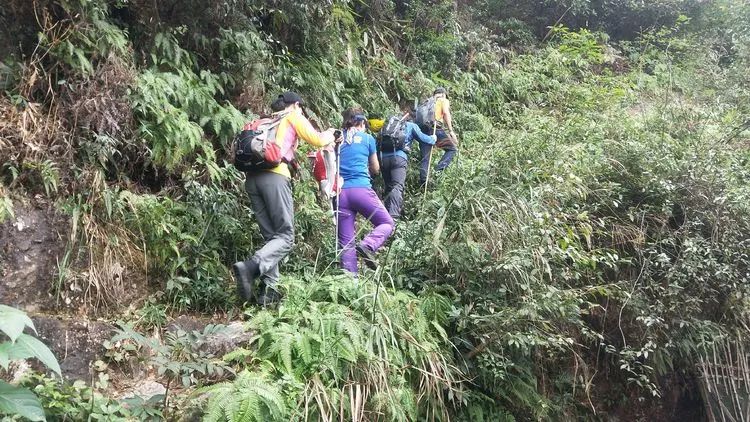
Historically, a large-scale miners' uprising in southwestern Zhejiang occurred here. According to Tao Hongfei's research, since the Yongle period of the Ming Dynasty, private mining in the Lungkeng Silver Mine has been subject to mining taxes, and the annual mining tax has reached 2,331 taels. During the Xuande period of the Ming Dynasty, silver production began to decline.
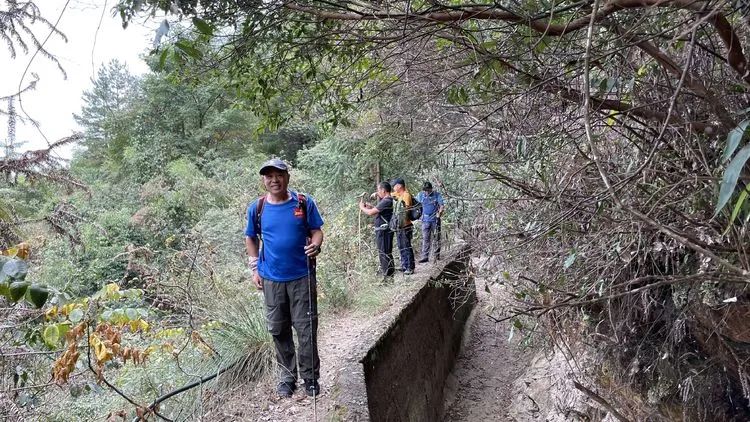
In the autumn of the 13th year of Zhengtong in the Ming Dynasty (1448), thousands of miners in the Lungkeng Silver Mine had no choice but to sell their properties and pay mineral taxes because they did not produce much silver. They therefore recommended Chen Jianhu as the leader and Tao Deyi as the assistant, and responded to Ye Zongliu Uprising staged a riot, which was the miners' uprising in southwestern Zhejiang that shocked the southeast.
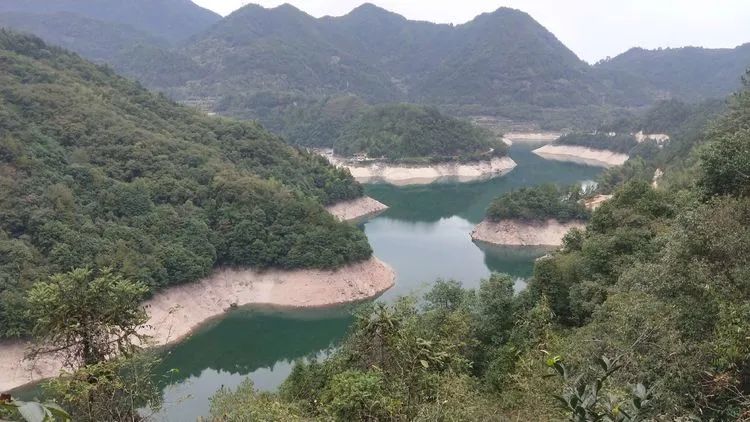
The rebel army established a political power and occupied Wen and Chu counties in southern Zhejiang, and fought against the Ming court for several years. Although the uprising failed, it forced the court to revise its harsh policies on the mines and local farmers. The more far-reaching impact of the uprising was that the imperial court established Xuanping County here.
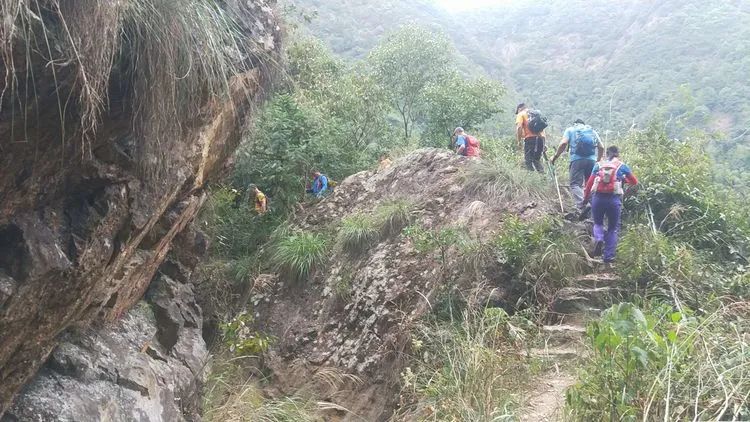
In the 1980s, the Zhejiang Geological Brigade investigated the Ming Dynasty Lung Keng silver mine site located on the mountainside of Niutoushan: there are now 386 mine caves; the general length of the ore body is 5-50 meters, the longest is more than 200 meters long, and the depth is 150 meters. For such a large-scale mine, the total number of miners and their families in its heyday should have been in the thousands.
